Notes on a Home
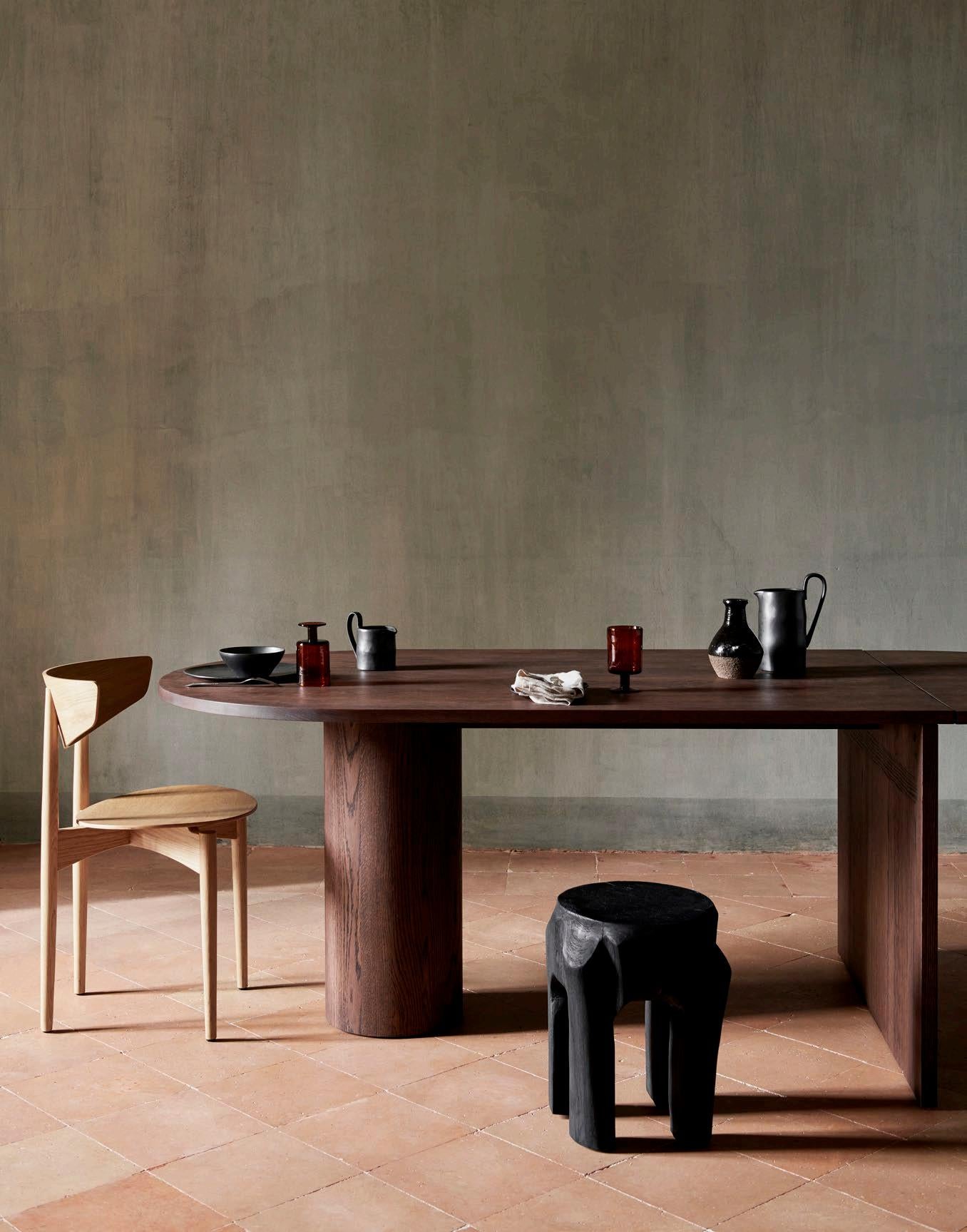







A Note from Our Creative Director & Founding Partner
Notes are an important part of my creative process. They are a culmination of things: scattered thoughts, ideas, memories, reflections and observations. They are messy and disjointed, encapsulating a moment in time.
How do we know when they are meaningless and when they hold the potential to become a beautiful piece of design? In my work, I use notes in a multitude of ways. Unstructured by nature, my handwritten scrawls serve as reminders, capturing thoughts on developing designs and recording new ideas. They are also a form of communication: sketches to brief a designer, key words and phrases that capture a feeling, or a thought to give us direction and inspiration. Notes, in all their different forms, reflect what is going on in our brains – fragments that create a whole, track our thoughts and guide our creative process.
Notes do not have to be words. Working within the field of design, our communication is visual. Often, an exciting new design begins as a rough sketch on a notepad. And each new page is a new start and a potential new idea. I have discovered that notes are a universal theme that goes beyond the design process. They are something we all use – from a greeting scribbled on a postit note to a small reminder to a line from a song noted in a phone or a screenshot of a striking image. I record my notes by hand, but others type theirs into a phone or a computer.
During 3daysofdesign last year, we constructed a house in our Boutique in Copenhagen and invited people to share what home means to them. A blank canvas and a stack of felt-tip pens revealed a mass of reflections, several of which left a deep impression on me. Someone wrote that ‘home is the smell of my child’s room when I open the door in the morning’, another that ‘home is where I can leave the world behind.’ Seeing all the personal interpretations materialise on one united canvas was a solidification of a premise that we use extensively in our work at ferm LIVING: the notion of home as more than just bricks and mortar or a collection of objects. Home is the setting for your life – a place of joy and sadness, holding space for both the extraordinary and the mundane. We always strive to create products that make you feel at home, with room for the contrasts in life. In short, a space where you can feel comfortably you.
- Trine Andersen
































Ditlev Tamm is a man bound by neither title nor convention. The cross-dressing septuagenarian effortlessly straddles the fields of law, history, literature and modern culture as a lawyer, professor, author and TV presenter. We sat down with him for a conversation on note-taking, an ancient practice of recording and processing information that dates back to ancient times yet remains as relevant today as ever.
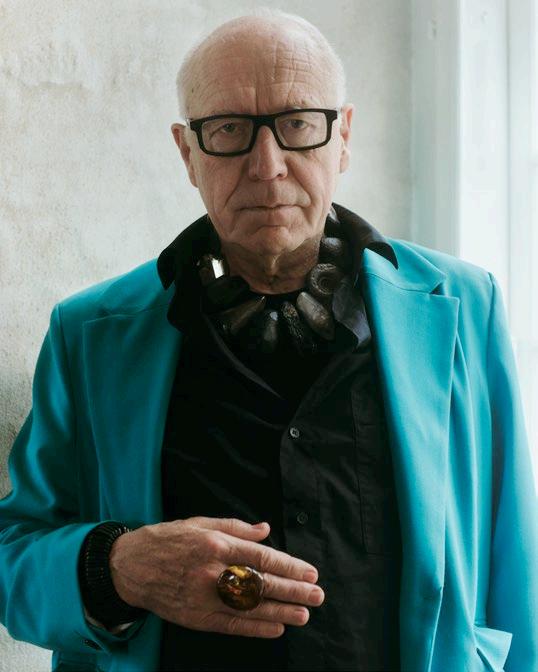
Notes. These seemingly insignificant jottings – musings and thoughts, visual, written and mental in form – have a great impact on the way we live our lives. They are a skill, a system and, for some, a survival technique. Studies on notes have shown that taking them – in whatever form – aids memory and understanding and clarifies thinking. Ditlev Tamm shares his thoughts on notes and the form they take in his life.
What does note-taking mean to you?
“In essence, taking notes is to give attention to something. It represents focus, the understanding of concepts or actions, whether simple or complex. It outlines our feelings, thoughts and actions. Note-taking is highly personal and engages the brain and our stream of consciousness.

In many ways, notes to me are rooted in knowledge and academia. What I read and what I know. I often use the word ‘decode’ to mean the same thing – whether about the world at large or a particular subject. The more I know or am aware of, the more attentive I am to what is happening around me.
Taking notes is a discovery linked to my existing knowledge system; further observations on subjects I already know something about or am interested in. I take note. Sometimes of things I usually wouldn’t be aware of in a different situation or environment. It’s a relative concept that often is linked to the here and now – what you are engaged in or attentive to, through actions or a subject.
I love notes. I’ve always been a note nerd and think it’s a fun way to decipher texts. I’ve always loved learning more this way. Notes offer perspective. An official explanation. They open the imagination and present another way of seeing the world. Notes are a step to recognition and understanding, and they are a process.”
What do you take notes on?
“I am interested in many things and therefore take many notes. I make many observations of which I make mental notes. Sometimes they are aha moments. On other occasions, a way to process and expand my existing knowledge and thoughts. I’ve often thought about how mental notes live their own life. How they evolve over time.”
What shape do your notes take?
“I have a very good memory, so I make mental notes rather than jotting down thoughts or ideas. Most often I’ll make an observation and make a mental note of it. It can suddenly come into play. When I write, for example. I have a filing system in my head and can access any given note when required. I don’t write notes down. I find it difficult to formulate the words and remember them. Instead, I’m good at depositing thoughts in my head and recalling them at a later date. However, I live in two worlds: the literary world and a more artistic one governed by inspiration. As an academic I cannot rely on mental notes. When I am writing a book, an article or a paper, I do make written notes and often add a wealth of footnotes as documentation.”
Are there any disadvantages to note-taking?
“It can be a blessing and a curse to remember many things. Sometimes it’s better to forget. People and experiences. It does make me consider whether or not I should jot down notes more than I do. Are mental notes enough? But then I think that if I don’t remember something it’s because I’m probably supposed to forget about it. My father burned his personal items – there are no letters or notes from his life. My family has a tradition of destroying such things. Your own memory is the best filter of what’s important.”
Have you ever written a diary?
“I have tried, but gave up. In my mind, things – thoughts, actions, feelings – are part of a greater evolution. They’re not static. I can jot down thoughts when travelling – where I went, what I ate and things like that – but the form of a diary is strange to me. It’s hard for me to sit and formulate my thoughts without a specific context. They are ever-changing and best kept as part of my writings on a specific subject.”
differentiate. To me, notes are like looking at art. I go deeper and deeper within them to gain clarity and understanding of a subject, a thought or a meaning.”
What do your notes say about you?
“They represent expansion of the mind and of knowledge. Clarity. A better understanding. I often use notes when I speak in public. I’ll suddenly pause and make a mental note of something I’ve remembered before continuing. For me, this is an essential part of my process of understanding a subject as well as myself.”
Do you not feel the need to put your thoughts and observations down on paper? As a way of working through them and remembering them?
“Mental notes are a way of sorting the wheat from the chaff. I hardly refer to my old written notes, so by taking mental notes instead I’m able to support my own development — and not least memory. For me, written notes are counterproductive. They disturb my thought
Has the way you take notes evolved over time?
“Computers and printers didn’t exist in my youth. Back then, it was customary to make many long notes about things you read or experienced. I still have stacks of notebooks from when I was younger. Every now and then, I’ll be reminded of something I once wrote and dip into my archives to find the information to use in a new context –based on a theme or a good idea or something I’ve read or seen.
I make fewer notes now than I did when I was younger. Partly because a greater part of my work is not strictly academic, but more literary or essayistic or simply a manifestation of an opinion. In such cases, I don’t feel as obliged to document things fully. I’ve become more eclectic and cherry-pick the things that interest me. When you’re studying, it’s important to learn. Note-taking aids that process. I grew up making notes on almost everything related to my studies, to understand legal practice. For lawyers, the use of explanatory notes is an essential part of your course. Legal texts are often incomprehensible until they are further explained. Academic notes are the source of more knowledge. I have a mantra that nerds have more fun. I think that the more you know, the more you understand the world around you.”
The advent of the Internet has changed my approach to notetaking. It’s been second to none for me and has expanded my personal note system. It is filled with any and every kind of potential note. When I go online, new things pop up. A whole new world of inspiration or knowledge is at my fingertips. And it triggers my memory of notes. It’s genius.”
Is it possible to have too many notes?
“I don’t think so. Some believe that aesthetics can be clouded or destroyed by too much knowledge. I don’t feel that way and can easily
patterns. When I’m in the flow of writing, I recall relevant notes from my memory rather than make notes or refer to scribblings I’ve made.”
Have any notes had an impact on you?
“The best notes I know of are in the Book of Disquiet by Fernando Pessoa, a Portuguese writer and poet. His handwritten notes were published as a book of outstanding observations.”
What can we learn from the practice of notetaking?
“When Linear B, a syllabic script used in ancient Greece and one of the oldest languages known to man, was deciphered in the 1950s, scholars quickly learned that it wasn’t the Iliad they had discovered. Instead, the script detailed the horses, pots, pans and whatever else they owned. It was notes! Fascinating.
When I travelled to South America to study the Incas, I learned that they didn’t have a written language but rather quipu , a form of communication with string and knots that was used to record and communicate information – such as how many llamas they owned. It wasn’t a poetic language, but a practical form of note-keeping that allowed them to add different sized knots to a piece of string to keep check on their lives and their property.
Note-taking bears witness to the importance of history and understanding, self, others and culture at large. Something so banal can have such huge significance on a cultural and personal level.”
Ditlev Tamm is a lawyer, professor, author and TV presenter. A man bound by neither title nor convention, he enjoys to explore and challenge the boundaries of fashion norms, while effortlessly straddling the fields of law, history, literature and modern culture.
“Notes offer perspective. An official explanation. They open the imagination and present another way of seeing the world. Notes are a step to recognition and understanding, and they are a process.”



Celebrating the optimism that warmer seasons evoke, our new collection looks to the contrasts of life for its cues.
A fusion of art and design, new season pieces embody ferm LIVING’s core DNA: aesthetic, authentic and distinctive – in form, material and use. Crafted in elegant silhouettes from highquality materials noted for their lasting appeal, wood, metal, glass, clay and jute have been shaped into inviting designs with supreme functionality and surprising details.
A meeting of opposites, the utilitarian is set against the decorative and the restrained meets the imaginative—always in celebration of the simple, honest materials and the techniques used to make them. Traditional craftsmanship contrasts modern innovation, from hand-shaped forms to 3D printing. Voluminous contours are balanced with clean lines. The classical offsets the contemporary. Matte contrasts high-gloss. The raw is set against the refined. Soft meets hard. It is within these contrasts that their enduring appeal lies.
The streamlined silhouettes of our new furniture designs have a decidedly Scandinavian feel that is juxtaposed with dark wood, an unconventional pairing that creates a new expression. Their simple constructions focus on details, comfort and added functionality, such as the armrests of a sofa that do double duty as shelves or the plush upholstery and atypical feet of an angular armchair. Mouthblown glass sits at the crossroads of art and design, as decorative items with everyday function. Tactile fabrics invite both practicality and play, while the shapes and sensibilities of ornamental objects allow their inherent materiality to shine through.
Easy on the eye and fitting effortlessly into any setting, whether placed in decadent surroundings or more modest quarters, the collection heroes the art of craft and the simple pleasures and myriad moments that life has to offer.

What makes a home? We believe it is the feeling of belonging. The living room is often regarded as the heart of the home, a space to unwind and focus on the important things in life. The items you surround yourself with should reflect this, leaving you free to feel comfortably you.












Danish design meets Italian craftmanship in a collaboration between ferm LIVING and Fornace Brioni, expert terracotta makers of outstanding artistry. Products are crafted in Gonzaga, a small Italian town steeped in history and Renaissance culture. The collection comprises clay designs that are made exclusively by hand using local cotto techniques passed down through generations.
Founded in 1920 in Gonzaga, Italy, the family-run factory where the Argilla Wall Lamps, Shape Sculpture Set and Flod Tiles are made is dedicated to alchemy and produces rustic cotto pieces using earth, water and fire. Sourced from the floodplains of the Po, Italy’s longest river that flows eastward from the Cottian Alps to the Adriatic Sea, the clay is driven to the factory where it is stored in piles outside to dry naturally in the heat of the Italian sun. When new batches of tiles are made, the raw clay is moved inside where water is added to make it malleable and smooth. Natural colouring is added to the clay while it is wet and surplus double-fired clay is used to create a white, marble-like pattern.
The clay is then cast by hand in a mould selected from one of hundreds of shapes that line the factory walls, some of which are more than 100 years old and are used to make church floor tiles. Like a baker dusting a surface with flour to prevent the dough from sticking, the clay artisans sprinkle sawdust into the mould before adding the
clay and removing air bubbles with a hard blow. Excess clay is then removed from the edges of the mould with steel wire, and the newly shaped tiles are removed and placed on drying racks that are then transported to the drying room.
Inside the dark room, it is almost impossible to discern where the racks begin and end. Warmed by excess heat from the kiln, which reaches 1,000° Celsius when fired once weekly, the tiles are left to air-dry for up to twenty days before heading to the oven. The thicker the tile and the more water it holds, the longer it needs to dry to ensure it does not crack when fired. Once dried, the surface of each tile is polished to an even finish by a large machine. The thin layer of dust is brushed away before the tiles are stacked in the kiln. Subsequently fired for four to five days, the tiles are then covered with a layer of liquid wax for durability. After one and a half months in the making, the finished pieces are carefully packed before starting their journey from Italy to Denmark.




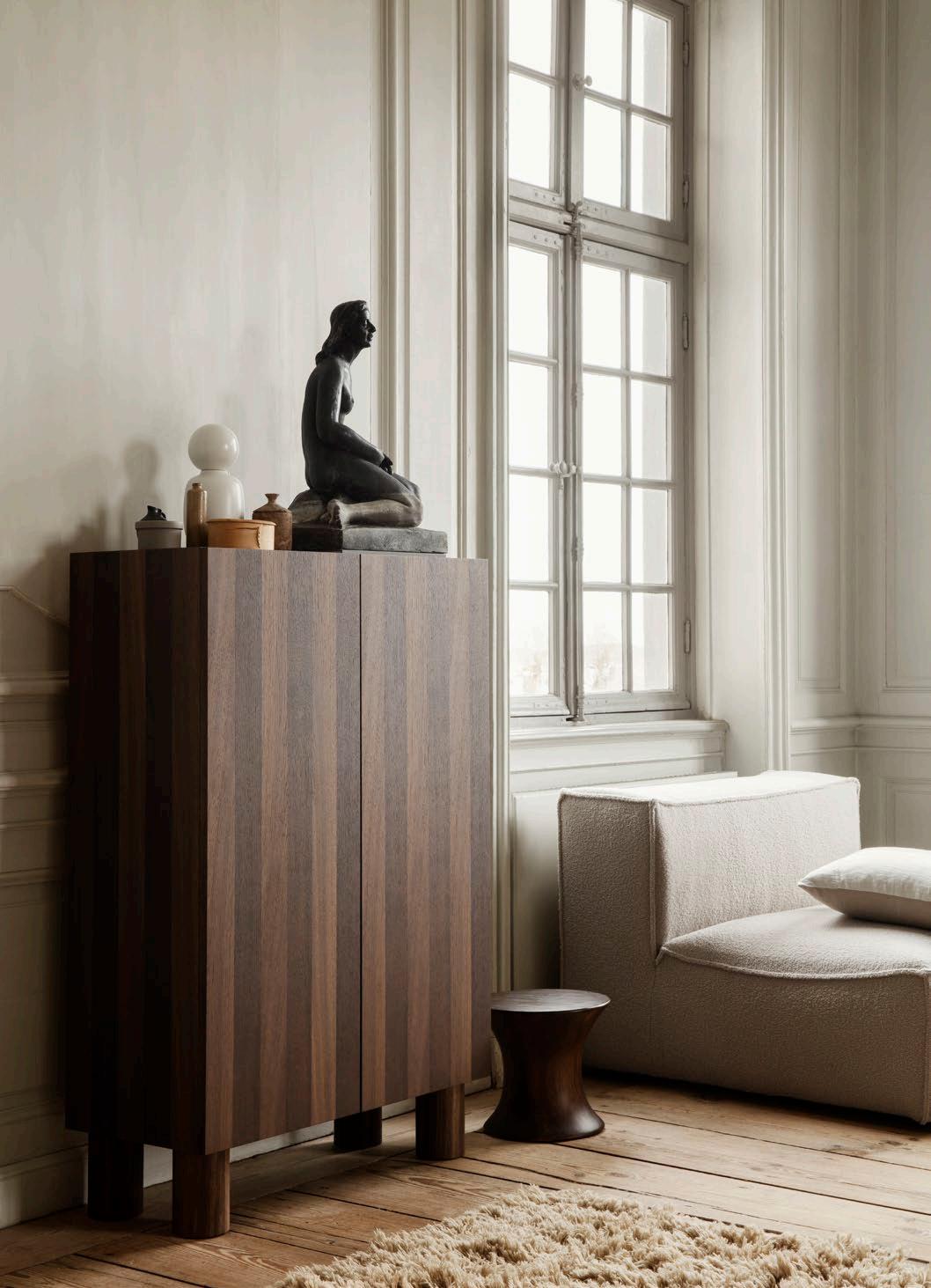





Life is full of contrasts. As we navigate expectations and dreams in search of meaning and comfort, we long for a balanced life with room to be ourselves. A place where we can realise the true value of things and feel at home. Based on a passion for authentic design and with responsibility at the heart of every choice we make, we create honest products and calm environments that inspire you to balance the contrasts in life.
From our home in Copenhagen, we work with artisans around the world, fusing our Scandinavian mindset with global skills and traditions. Our collections are defined by soft forms, rich textures and curious details that let you create composed atmospheres with a touch of the unexpected. From materials and processes to production and delivery, we challenge ourselves to help shape a sustainable future, making it easier for you to make responsible choices. We create collections of furniture, accessories and lighting, so you can create space to feel comfortably you.








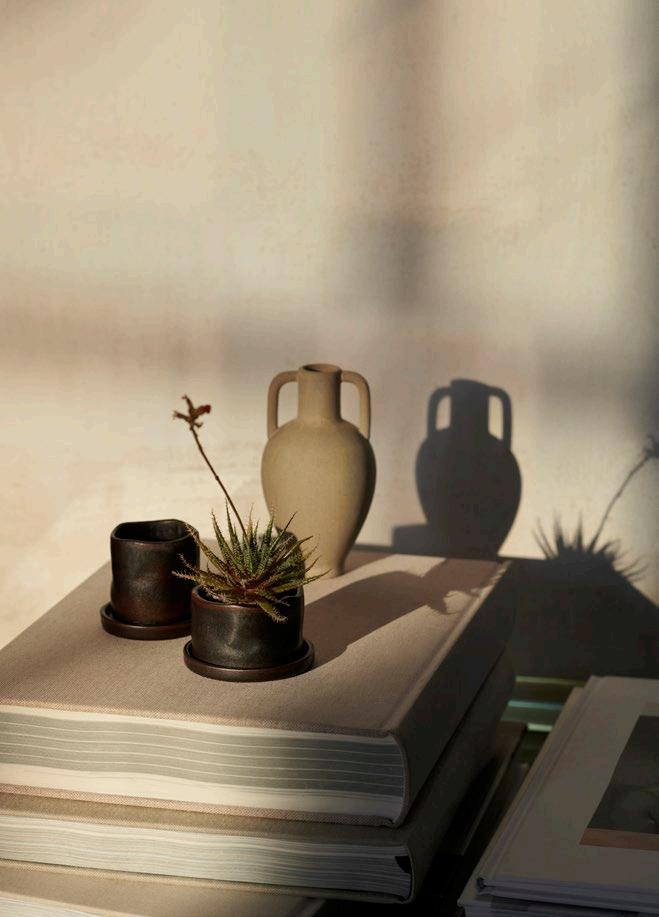





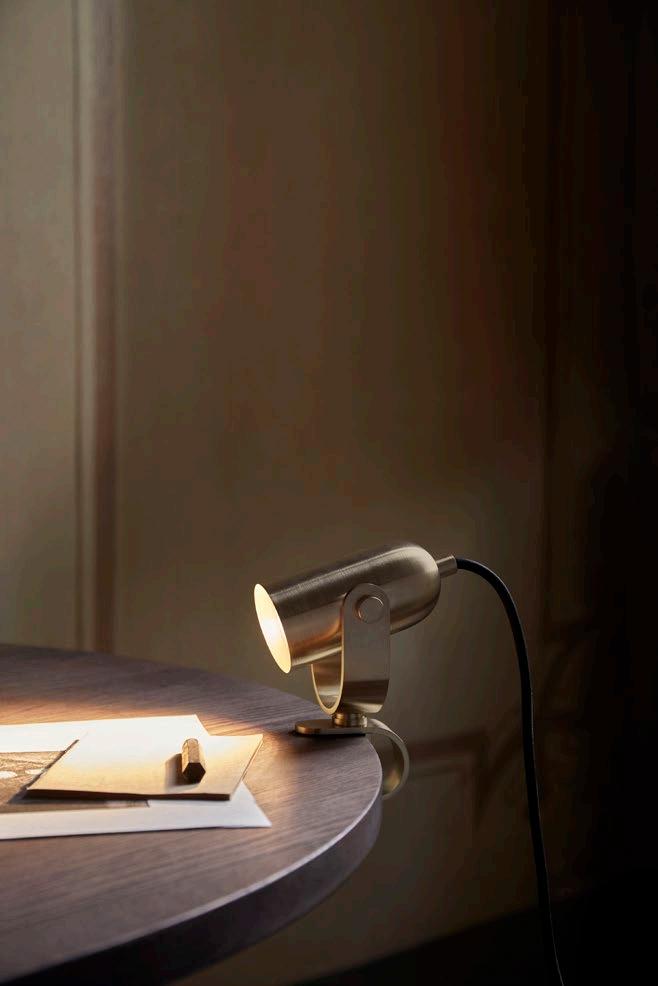






















Pieces that evoke a sense of tranquility belong in the realm of the calm and beautiful. Clean, delicate lines meet neutral tones. High-quality materials with rich, tactile textures take centre stage – honest, natural materials that are no more and no less than they appear to be. Muted colourways soothe the eye, while geometric shapes and modern silhouettes leave an elegant impression. Drawing on the minimal as well as the graphic, the pared-back designs leave a serene impression.
Beauty is found in the simple, honest unification of form and function.
Embracing the unexpected, our designs that veer towards the artsy and whimsical draw on the unexpected: organic, natural shapes contrasted by hard, inflexible materials. Sculptural pieces with a unique point of view. Textures that suprise and intrigue. They are pieces that command attention, inviting a second glance. They can be playful or severe—or both. At times they divide opinion: either you are drawn to their ineffable appeal or you are not.
They ask something of you – to interpret and to reflect. They challenge and inspire. Melding art and function, these are designs that make you feel something.
































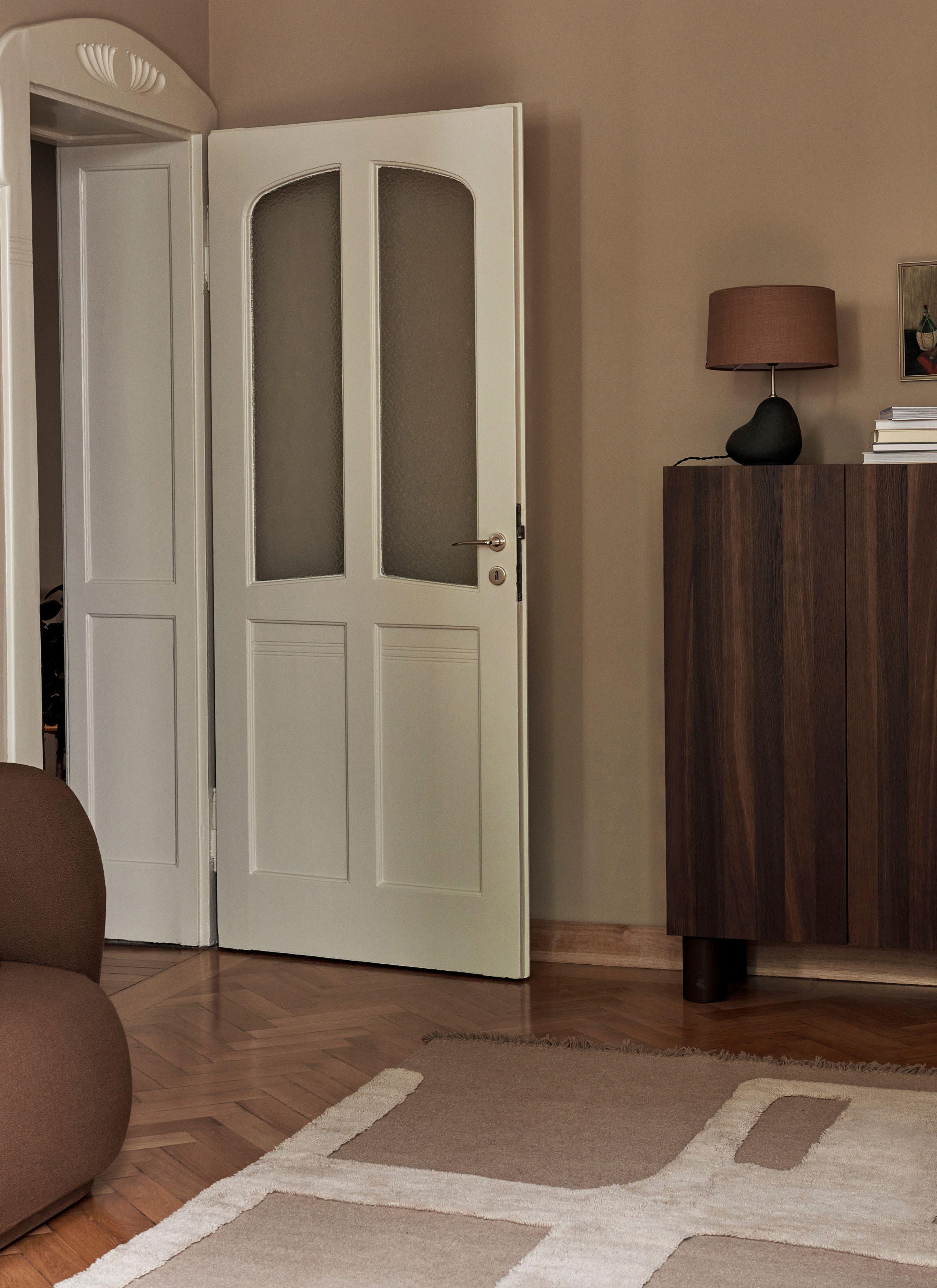
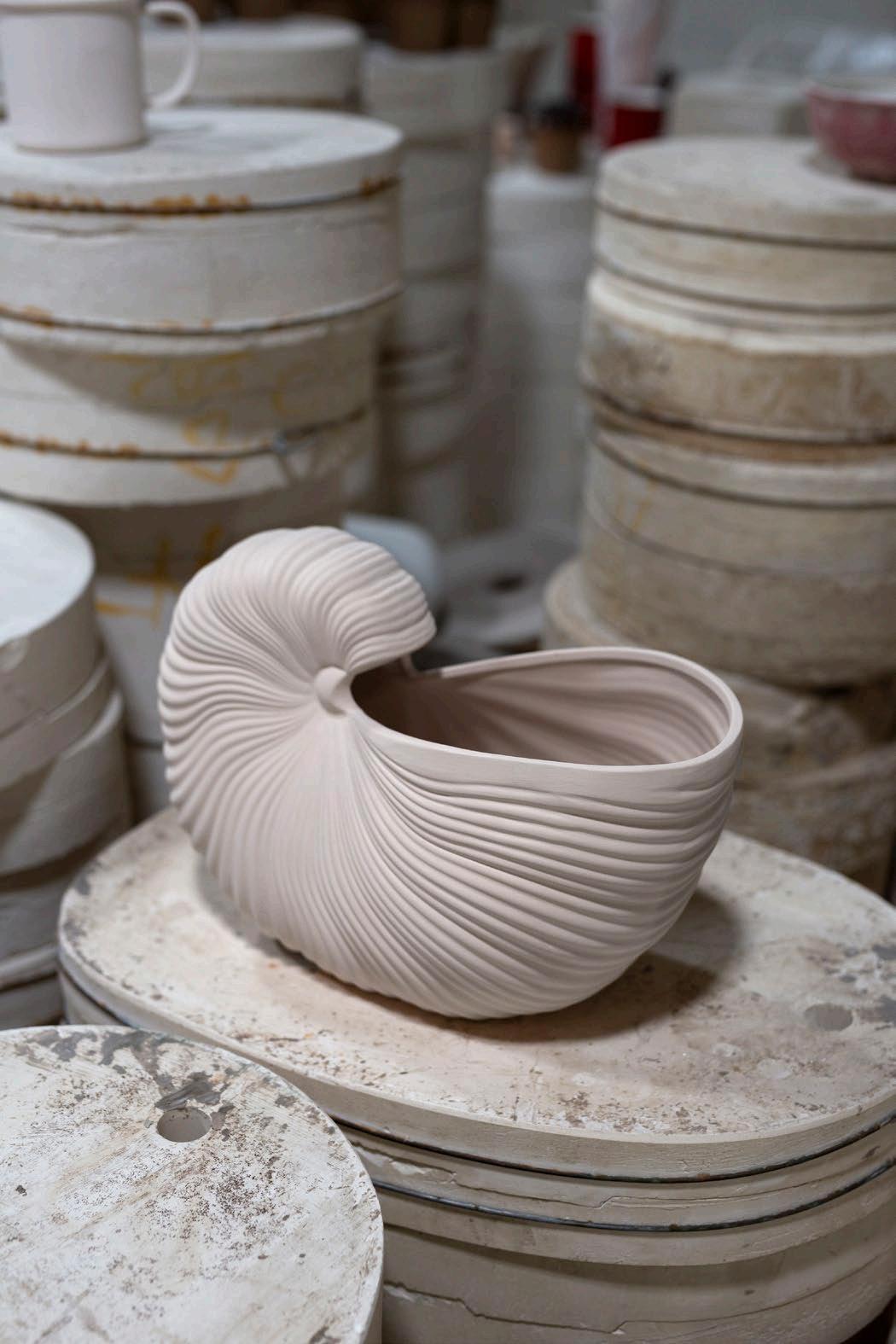

For gallerist Anne Aarsland, her flat in Copenhagen’s leafy borough of Frederiksberg represents an artistic evolution, home to an ever-changing exhibition of colourful works.

With a floor area of more than 215 square metres, Anne’s Frederiksberg apartment, which she shares with her husband Christian, 52, and their sons Asger, 17, and Max, 12, is also home to her eponymous art gallery. Here, Anne and her family live alongside artworks – sculptures, paintings and ceramics created by contemporary Danish artists — handpicked by Anne.
“Art has always been my passion. I grew up with it. I have a master’s degree in Art History and have worked with art in various ways over the years,” Anne explains. “In addition to my gallery, I co-run
Kunstsalonen, a pop-up art gallery of sorts where we arrange public art exhibitions in private homes.”
As an informal gallery for art and exhibitions, Anne often redecorates her home, by displaying new artworks and moving furniture around. Room by room, the space evolves organically and does not follow any rules or formulas.
“Often, a solo exhibition will change the dynamic of the space quite a lot. As my gallery is also my home, I only exhibit the pieces that I love

and would want to own myself. In this way, my gallery is very personal and matches my taste.”
The spacious living area, originally two separate rooms, is the hub of Anne’s gallery – at one end, book-filled shelving modules, gallery wall and office, and at the other, a calm oasis of modern sofas and classic armchair designs. The living area is kept in a palette of soothing neutrals enlivened by sculptures and colourful artworks, as light from the large French door windows floods the room.
“I love to sit at the corner windows and gaze out onto the street below,” she muses.
Layered tufted wool rugs and tactile materials up the comfort level while vintage designs stand alongside modern pieces such as ferm LIVING’s Rico Lounge Chair and Rotben Sculptural Piece. Beyond the art on display, Anne’s favourite objects include a vintage conference table that is now used as a desk. Gifted to her by her late father, “it reminds me of my dad, who is sorely missed,” she says. “I’ve had it for years, but still love it and sit at it every day.”
Anne and Christian took over the expansive space in 2019, quickly realising its potential.
“We fell in love with the light, the view and the beautiful old windows. The street has an almost Parisian vibe, lined with old trees, cafes and with the park at the top,” she explains.
The family wanted to create a home in motion, but one that was practical and not just for show. Keeping the period features that lend the space character – decorative ceiling cornices and wood-panelled walls that now serve as shelves for displaying art – they set about creating a family home that was comfortable yet inspiring.
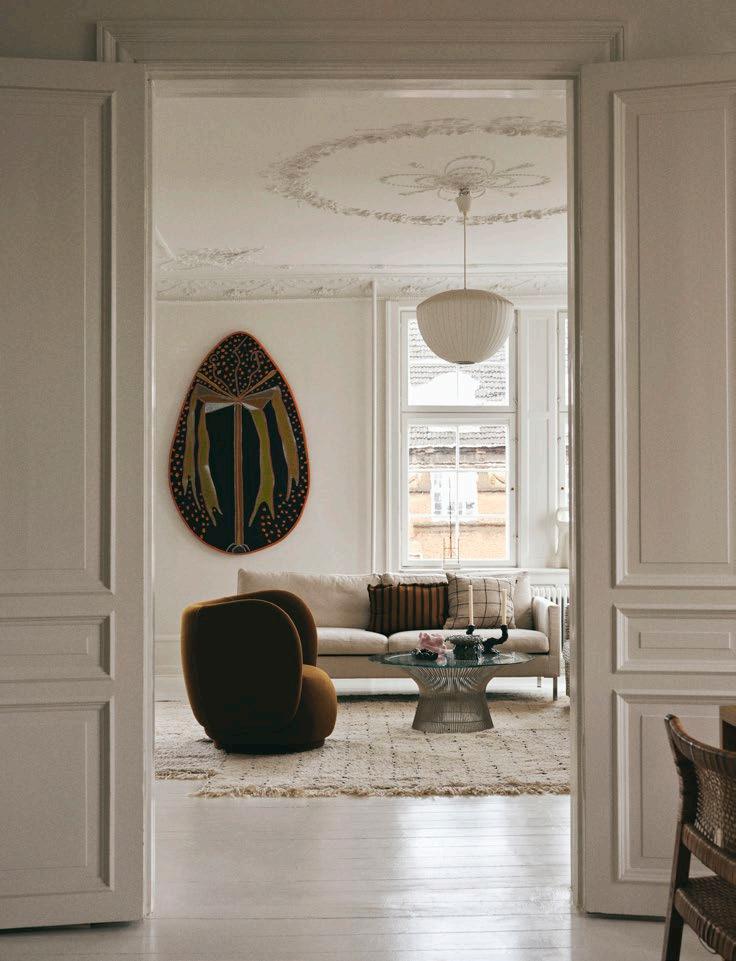
With a steady stream of teenagers, family, friends and clients, her home is very much put to the test. From the patina of the original wooden floors to the holes in the walls from artworks that have been sold, the rooms bear witness to the life lived there.

“My home is used for a lot of things – and I like it that way. To me, a good home is one filled with good people and a relaxed atmosphere. You shouldn’t be afraid of using your home. And, of course, I love to live with beautiful and interesting art. It keeps my eyes and my mind alert. I just hope people feel welcome and inspired when they visit,” she muses.
But opening a home to others can present challenges: “Sometimes I feel that everything is a mess at home – if the kids are sick or I’ve been to a party. Even when I’m tired I have to keep it looking nice or it becomes too personal,” Anne admits.
“I like having so many different kinds of people coming here. It’s a privilege to be surrounded by beautiful art all the time – although it can be difficult to let go of certain pieces when they find new homes.”
While her husband and sons are mostly understanding of the fact that their home is a revolving door and appreciate the art, “sometimes I forget to mention that I have client appointments – my family run into strangers in the kitchen when they have just woken up and are getting their breakfast!” she laughs.
With a master’s in Art History, Anne Aasland has worked with art in various ways over the years. Today, Anne co-runs Kunstsalonen while also using her private home as an art gallery, open to family, friends and clients alike.


We asked four Danish photographers to interpret our Rico Sofa through the lens of their camera.
The sofa is in many ways the hero of the living room. An integral part of the home and spaces where family gather to relax and recharge, a sofa offers a place to unwind and focus on the important things in life.
We asked four photographers to interpret our Rico Sofa through the medium of their camera lens—no restraints, no fixed brief, just creative licence. We sent the same Rico two-seater sofa to the address of their choice. This is how their different stories unfolded.
Dronningmølle, September 2022



“My father's dog on staycation.”

Østerbro, September 2022
“I wanted to create a photo series of atmospheric still lifes using everyday objects. The pictures contain feelings of intimacy, nostalgia and sensitivity and are based on personal memories.”


Holte, September 2022
“Upside down, inside out. A space for intuition. Twisting, turning, moving between shapes and thoughts. Sometimes, it’s a waiting game. Waiting for something new. Feel the sun. Breathe in, breathe out. Without knowing what your next move is.”



“My connection to nature dates back to my childhood as I was born and raised in the middle of a forest. The link between nature and relaxation is intertwined and over the years, one has become a symbol of the other. These images are notes from a windy day in October where a sofa became a place for dialogue and the natural surroundings a guide to deeper reflection.”
 Amager Fælled, October 2022
Amager Fælled, October 2022



Adding greenery to a space is proven to be beneficial to the body and the mind. No two plants are the same and as you water and nurture them, branches will grow in new and unexpected directions, creating distinctive shapes and bringing a personal touch to your home.












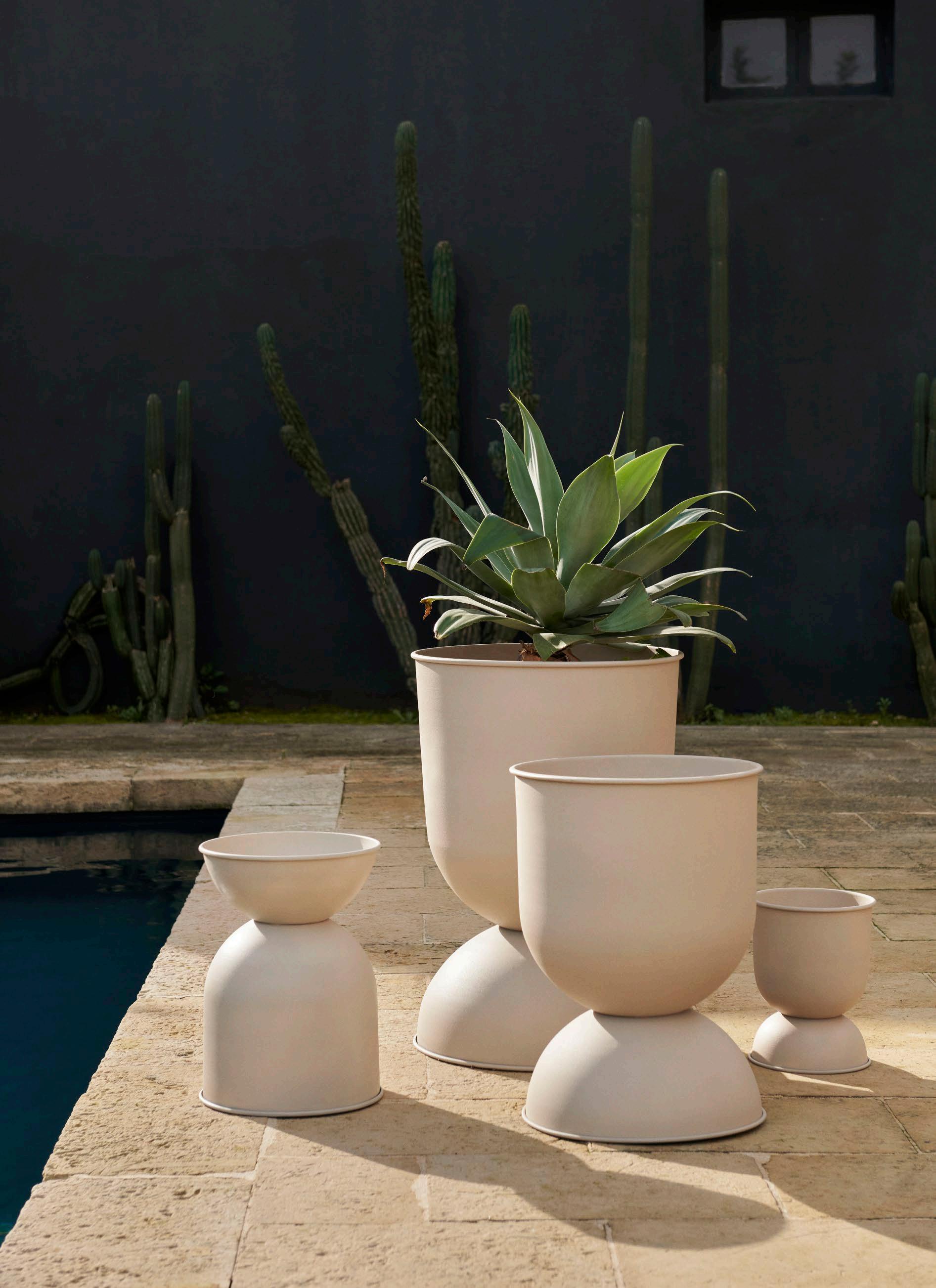














At ferm LIVING, we work for a better tomorrow. We want to inspire change and help consumers make responsible choices. Based on nine 2030 Commitments under the categories ‘Our Planet’, ‘Our Society’ and ‘Our Family’, ferm LIVING embraces responsibility holistically and weaves a sustainable mindset into every corner of our business.
Responsibility is a global task that we want to take part in. We understand that there is no finish line and that our goals will continue to adapt according to the changing world around us. We are by no means perfect, but we are doing our part.
Our Planet
Create full transparency on all products
Obtain third-party certifications on all products
Work towards CO2e-neutrality
Our Society
Build value on all bottom lines: people, planet, profit and purpose
Inspire customers to make responsible choices
Give back to local communities in support of better homes
Our Family
Maintain a strong culture with clear values
Nurture long-lasting relations built on trust and respect Empower all of us to learn and grow together
We want to inspire people to live a more mindful and sustainable lifestyle. To us, this means buying less, buying better and using items for longer. We design products that are made to last – in terms of both function and aesthetics. We value authentic design and clear functionality and work to create high-quality products made from responsible materials and with lasting aesthetic appeal.
Our approach to sustainability is holistic and we have implemented responsible thinking in all areas of our business, considering its environmental and social impact. In the design phase, where the first important decisions on a product are made, we employ a range of responsibility criteria for new products and take a cradle-to-grave approach to the life cycle of each design.
We work within a set framework of practices that balance compliance with climate and social parameters. Designing for longevity is
the foundation for minimising our resource consumption and CO2 emissions. To ensure we move in the right direction, our sustainability manager works closely with the design and product teams, tracking progress and helping to identify opportunities to implement more sustainable solutions.
We know that we are not perfect and so it is with equal parts determination and humility that we pursue better and easier ways for our customers to make responsible choices.
We work for a better tomorrow, so you can feel good about your choices today.
Every day, each department works on initiatives, projects and actions that ensure steady progress, accountability and integrity in everything we do—from the choice of materials and our design processes to production methods, delivery logistics and the way we shape our culture. We want our designs to last and, in our quest, to achieve this, we employ a range of responsibility criteria and work within a framework of defined practices.
Our business is divided into four strategic focus areas: Business in Balance, Empowering Relations, Responsible Living and Inspiring Change. Under each there are several projects and initiatives that are a part of our detailed action plan for this year and beyond. All actions point towards our 2030 goals and help to ensure that we are constantly moving forward.
Our 2030 commitments are ambitious. While the path to achieving some is clear, others are more diffuse and will evolve over time. We understand that there is no finish line and that our goals will continue to adapt according to the changing world around us. We are by no means perfect, but we are doing our part.
At ferm LIVING, finding a balance between running a healthy business and contributing positively to the world around us has always been of great importance. In our quest to achieve this, we embrace responsible practices in all corners of our business.
For us, responsibility and decency go hand in hand. We conduct business with integrity. We hold ourselves accountable for our impact on the world, continually challenging our focus by evaluating non-financial parameters and working towards a better tomorrow.
We are a family of colleagues and partners who do what we do wholeheartedly. With enthusiasm, helpfulness and respect, we embrace differences, lift each other up and give space for each of us to be our best.
We nurture long-lasting relationships built on mutual value, transparent communication and considerate behaviour. We value relations where everyone is ambitious and feels empowered to learn and grow by exploring opportunities for responsible business and better living.
It is our ambition to help people create space to balance the contrasts of life and create homes with the harmony they deserve. In our efforts to achieve this, we work hard to instil a mindset of responsibility and sustainability into the very core of our business.
We continually improve the way we work—from the choice of materials and our design processes to production methods and delivery logistics. There will be dilemmas along the way, but we will face them with purpose and passion. We are committed to making it easier for our customers to make responsible choices.
Sustainable, responsible actions in all aspects of life are vital for the health of both people and planet. It is an ongoing journey, and we still have a long way to go, but together we get closer every day.
At ferm LIVING, we want people to feel confident in the choices they make as they create spaces to live a more sustainable life. We
help them to achieve this by inspiring their curiosity and encouraging them to join our quest for change.
For us, responsibility and decency go hand in hand. No one is above another and we work to create an inclusive environment where everyone can feel safe and is treated equally.
- We embrace diversity and value all human beings equally regard less of race, age, religion, sexual orientation or social status.
- We oppose racism in all its forms and physical, verbal and emotional abuse.
- We continually strive to provide the best possible service to all, regardless of who they are.
- We hire for talent and will always employ the person with the best qualifications for the job, regardless of ethnicity, age, gender, religion, sexual preference, disability and social identity.
- We pride ourselves on a flat organisational structure and maintain a casual working environment in our day-to-day business.
- We promote a healthy life balance and encourage a healthy body and mind.
- We invest in long-term relationships with partners and suppliers. Our relationships are built on mutual respect and value.
- We are entrepreneurial and have high ambitions and never pursue only the lowest manufacturing price.
- We participate in the UN Global Compact and conduct ourselves and treat others in accordance with the principles and values set out within it.
At ferm LIVING, we are mindful of the impact of our business and measure the CO2e footprint of each individual product we make. This helps us to establish a baseline from which future reduction targets will be set.
Our environmental policy is centered around three 2030 key commitments:
- Create full transparency on all products
- Obtain third-party certifications on all products where possible
- Work towards CO2e-neutrality
In collaboration with the Danish company Målbar, we use their Climate Screening Tool to measure the CO2e footprint of all our products. We are currently onboarding nine of our key suppliers to measure the climate impact of each product produced for us, taking every step of the manufacturing process into account—from the raw materials used to the arrival of a finished product at our warehouse. This process provides us with valuable data that will help us to set future strategic targets with our manufacturing partners to lower our climate impact in scope 3, where initiatives will have the biggest impact. For freight and transport, we measure container space and CO2 emissions though software calculators to keep both environmental impact and transportation costs to an absolute minimum.
We work in close partnership with some of the design industry’s most talented artisans. We produce our products in different regions of the world, depending on the raw materials and the expertise required.
We are committed to sourcing and producing our products responsibly and work to protect workers’ rights and ensure safe and healthy working environments. All our suppliers have signed our Code of Conduct and we are working towards getting all our key suppliers BSCI-audited.
Throughout our supply chain, we nurture long-lasting relationships based on mutual value creation, respectful behaviour and transparent communication. We want to open our world to everyone. By sharing inspiring supplier and production stories, we invite people behind the scenes and into the journey of our products and our work with responsibility.
Today, almost a third of our products have a RESPONSIBLE tag. See page 129 for further explanation.
We challenge ourselves to make more sustainable choices in the design phase. We work to ensure that as many products as possible are made from responsible materials. Several of our designs are made from a single material, making them easier to recycle if and when customers wish to do so.
We want to make it easy for our customers to buy responsible products and use them for longer. Designing for longevity is the foundation for minimising our resource consumption and CO2 emissions. Our designs are made to last and be passed on through generations. To ensure this, they must be of high quality and must arrive at their destination in good condition.
We employ strict responsibility criteria for new products and have a comprehensive quality control system to ensure that each product lives up to our high-quality standards. Additionally, our suppliers consistently perform on-site quality control inspections, while we routinely visit manufacturing locations to conduct our own quality control checks.
From gift boxes and protective material to hang-tags and tote bags, packaging is an area where we can make a big difference.
It is our goal to make all our gift boxes and hang tags from FSC™certified cardboard and paper and to be printed with black soy-based ink. We have almost reached our target. Our tote bags are made from sustainably produced textiles in a design that inspires repeated use. The majority of the packaging used to protect products during shipping is made from natural-based materials such as cardboard, paper pulp and craft paper. Smaller items and textiles are packaged in recyclable plastic bags. Since 2020, we have reduced the amount of Styrofoam in our packaging by half and continue to work closely with our manufacturers in the search for sustainable alternatives.
Certification and initiatives
Our work with responsibility and a sustainable mindset covers both environmental and social contexts. Certifications and testing ensure working conditions in our supply chain are safe and fair and that our products are responsibly produced and of high quality.
Where relevant, products are tested before they become a part of our collection. These include lighting, furniture, outdoor pieces, kitchen and children’s products. To adhere to REACH regulations, accredited testing agencies such as the Danish Technological Institute conduct tests on our products through processes defined by law.
We currently work with the following certifications and initiatives:
GOTS – The Global Organic Textile Standard. Recognised as the world’s leading processing standard for textiles made from organic fibres. It defines high-level environmental and social criteria along the entire organic textiles supply chain.
OCS 100 and Organic Blended – The Organic Content Standard. Verifies the presence and amount of organic material in a final product, tracking the flow of a raw material from its source to the final product.
FSC™ – The Forest Stewardship Council™. An international, non-profit certification scheme for wood and paper. In FSC™ forestry, animals and plant life are protected and no more wood is felled than the forest can reproduce. At the same time, FSC™ ensures that workers’ rights throughout the certified supply chain are respected.
NORDIC SWAN ECOLABEL – Our candles meet the Nordic Swan Ecolabel specific criteria for environmental performance as well as health aspects, quality and safety.
BSCI - Business Social Compliance Initiative. An industry driven initiative by AMFORI, which aims to monitor and assess workplace standards across global supply chains. An AMFORI BSCI audit helps us to ensure that all our key suppliers treat their workers legally and ethically correct.
UN Global Compact – We are members of the UN Global Compact, and our Code of Conduct is based on their Ten Guiding Principles. It defines the ethical principles of our business and has been signed by all our partners and suppliers. The purpose of the principles set out in our Code of Conduct is to protect workers’ health, ensure their safety during production and ensure an ethical and fair partnership for everybody.
Our Code of Conduct is available at fermliving.com.

We met with the multitalented Malene Lei Raben, who showed us around her garden oasis that she has cultivated in the middle of Copenhagen.

Tucked away on a quiet street between two of Copenhagen’s central boroughs, behind the original brewing grounds of Carlsberg, lies a small collection of houses dating back to the 1800s. In a red-brick, two-storey house lives Malene Lei Raben, an author, lawyer and gardener.
Malene welcomes us into her garden on a warm and sun-drenched summer day. A thick hawthorn hedge shields her garden from street view, and upon opening the wooden gate and stepping into the parameters of her outdoor space, we feel as though we have been transported into a different world. We are greeted by a microcosm of natural wonders: cherry and apple trees and tall acacias stand between cottage-style perennial flower beds brimming with an abundance of flora in a kaleidoscope of colours. A kitchen garden boasts an array of edible treats — potatoes, cabbages, onions, courgettes and raspberries, to name just a few.
A woodland garden and wild meadow in miniature are tamed by clipped evergreens and box hedges, a gravel path winding its way between the various sections. Malene greets us while taking in the garden. As she shows us around, she points to different species of flower, explaining how some colours are determined through cross-pollination by a robust bee population. Aside from bees, there is a thriving presence of insects, birds and even bats. The latter are a new addition, and something Malene is very excited about, and she recounts how each species contributes to the garden’s overall health – apart from, perhaps, invasive slugs, which she exclaims with consternation have been on a visit the night before.
As we walk with her through the lush greenery, Malene fondly picks at and prunes bushes and flower beds until she is suddenly wrestling an armful of rhubarb the size of a small palm tree. Smiling, she dubs it ‘garden CrossFit’, and we seat ourselves under the shade of a parasol in the company of refreshments and a jug that boasts a fragrant bouquet of freshly cut wildflowers.
“For some people, the upkeep of a garden is a stress factor,” Malene tells us, “but for me, it’s a creative space that brings healing and happiness. It makes me feel rooted to the earth. The garden grows, and it allows me to grow. The more time you spend in nature, the more you learn – about biodiversity, about ecology, and about beauty, too.”
It is hard to imagine that as such a passionate gardener, Malene has not always been so immersed in nature, but she insists that before moving into Villa Albion twenty years ago, she did not have very green fingers. Malene’s journey to becoming a havemenneske, or ‘garden person’, which is the title of her latest book, has unfolded throughout the journey of her life:
“When I was little, I wanted to be an opera singer, but I ended up following in my mother’s footsteps to become a lawyer.”
Malene’s CV boasts an impressive array of high-profile positions, from attorney to COO to managing director at several large media houses while also moonlighting as a television pundit and freelance columnist.
“I specialised in facilitating the work of creative people,” she explains, “but I wanted to be creative myself.”
In 2017, Malene took the big step of saying goodbye to her comfortable corporate job in favour of pursuing her dream of becoming a fulltime writer.
“I was so fed up with my corporate career. When you choose to take a leap of faith from a full-time job, you wave goodbye to status and security and embrace uncertainty. It’s like being a child and learning to walk again. But I was never nervous. In my old life, I was more nervous as I was trying to fit in where I just didn’t always fit in. Having to adapt to being tough and bossy – firing people and so on. Now I can be 100% my authentic self.”
Malene made her authorial debut in 2019 with Fruen – The Lady – an autobiographical novel about growing up in the flower-power era of the 1970s where the emancipation and self-realisation of adults left little room for a secure childhood.
“Initially, I had started to write more of a work of fiction,” Malene tells us. “But I had to throw it out and start writing from scratch. It’s difficult to write something true, sincere and good. You must be true to your own voice. You have to let go of shame and self-criticism. If you bring those things into the office, you’ve lost already. You must be on your own side. I’ve spent a lot of my life not being on my own side. The whole world can criticise you so you shouldn’t. You must believe that your voice matters.”
After publishing her first book to much critical acclaim, Malene set to work on her second novel. But then came Covid, and as she so aptly describes it, “everyone went outside.” And that is how the idea for her next book was born.
“The garden became even more important. I could feel safe and alive there. I could forget that I was in the middle of a global pandemic. I just couldn’t understand why it was so alluring. So I sat down to find out why. How do you go from a person who kills their indoor plants to a person who spends all their time outdoors? Exploring the process of becoming a gardener, the practical and emotional journey of that.”
Malene’s latest book is a new take on gardening. Instead of approaching the subject technically – “there are plenty of those already – and good ones!” – she decided to write a gardening book that reads as a novel. Examining the historical development and cultural significance between humans and their gardens, Malene observes how our relationship with nature has shifted over the years.
“Gardens are a middle ground between the city and wild nature. Gardens used to be a way of shielding yourself from wild animals and enemies, but today people use them to shield themselves from the modern world – from noise, the urban – and to protect wildlife. Today we are alienated from nature. In the garden, you immerse yourself in the natural world and discover that we humans are just another part of nature.”
After leaving her comfortable corporate job in 2017, lawyer Malene Lei Raben made her authorial debut in 2019. With her latest book, ‘Havemenneske’, she shares her passion for gardening with the world.
“For some people, the upkeep of a garden is a stress factor, but for me, it’s a creative space that brings healing and happiness. It makes me feel rooted to the earth.”














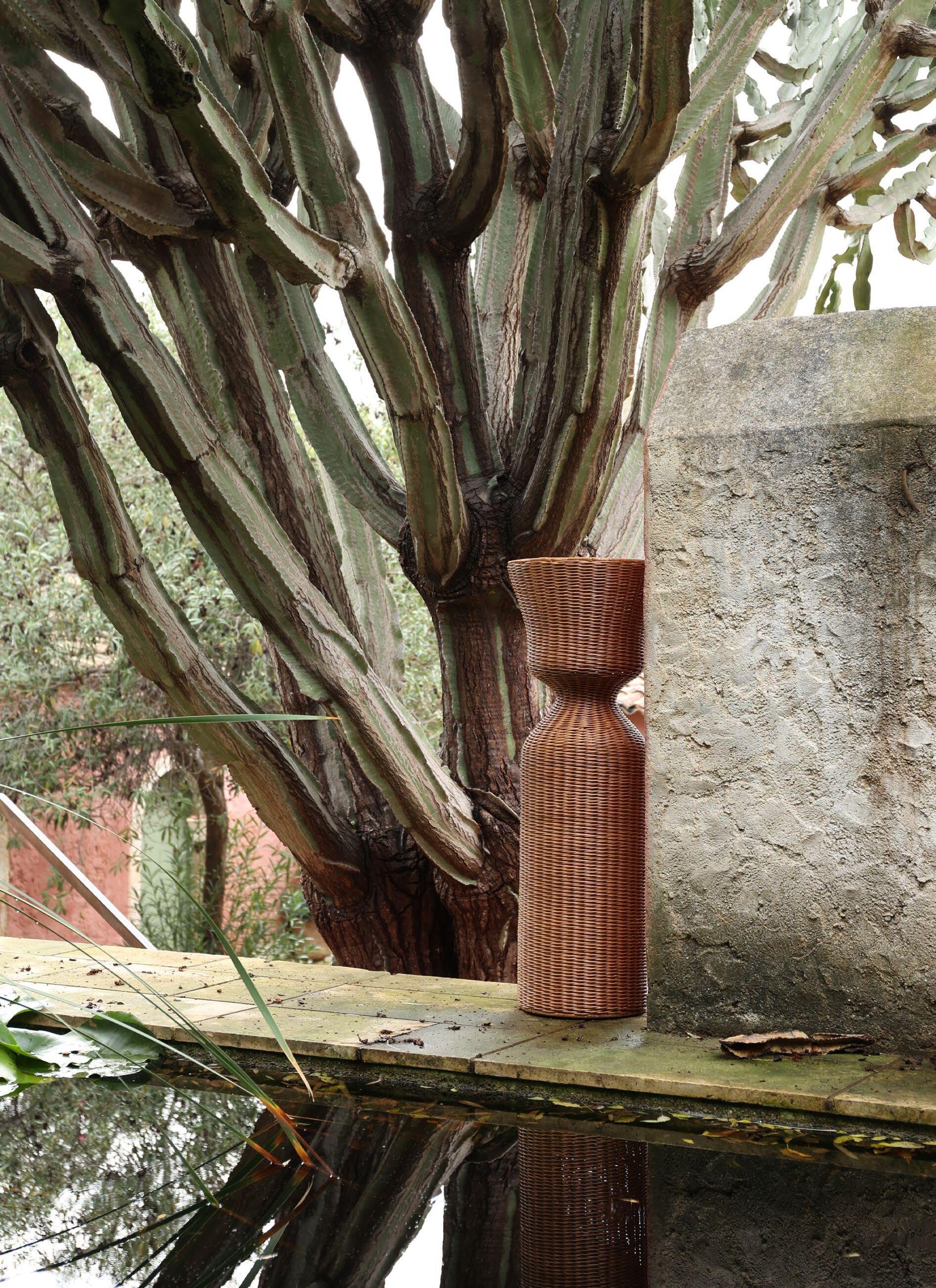
The Global Organic Textile Standard, or GOTS for short, is recognised as the world’s leading processing standard for textiles made from certified organically produced raw materials. With strict environmental and social criteria across the entire supply chain, products made from GOTS certified materials, such as organic cotton, are manufactured without the use of hazardous chemicals, protecting biodiversity, farm and factory workers, as well as the end consumer.
ferm LIVING has been GOTS certified since 2017 and offers a range of GOTS certified cotton products. Working with certifications such as GOTS, we are committed to responsible production and want to ensure safe and fair working conditions in our supply chain, as well as responsibly produced products of high quality.
A farmer growing GOTS certified materials such as cotton, silk, linen or bamboo has a highly restricted list of chemicals permitted for use in production in order to protect both soil and animal welfare. There are also strict requirements when it comes to water usage, which includes the responsible treatment and recycling of wastewater. We paid a visit to our largest manufacturer of GOTS certified cotton products in the Tamil Nadu region of Southern India, with whom we have been partners since 2008. We take you behind the scenes to
show how raw organic cotton is transformed into beautiful, GOTS certified textile designs.
Organic raw cotton arrives at the spinning mills in compressed blocks, each weighing 145kg. From here, the first of many stages of cleaning begins. Cotton is filtered for shells and other foreign materials before being fed through a tube into a machine that blows highvelocity air through the cotton, separating compressed particles and removing any dirt. The cotton is then run through a metal detector and fed through a series of mixing machines to ensure the particles are evenly distributed. This process is repeated, after which the cotton is hand sorted to remove any remaining debris. On average, each 100kg of raw cotton yields 90kg of clean cotton that is ready to be spun into fabric.
The cotton particles are then fed through a carding machine and compressed into a flat sheet, which is cut into strips that resemble coarse threads. These are then fed through a comb-like machine which separates and cleans the fibres, which are mixed together again. This process is repeated, after which the fibres are flattened and carded again to ensure consistency, uniformity and durability. These fibres are spun onto spools, resulting in the cleanest, finest cotton yarn. As a final step in the spinning mills, the spools are placed in a UV light
We take you behind the scenes of our organic textile production.
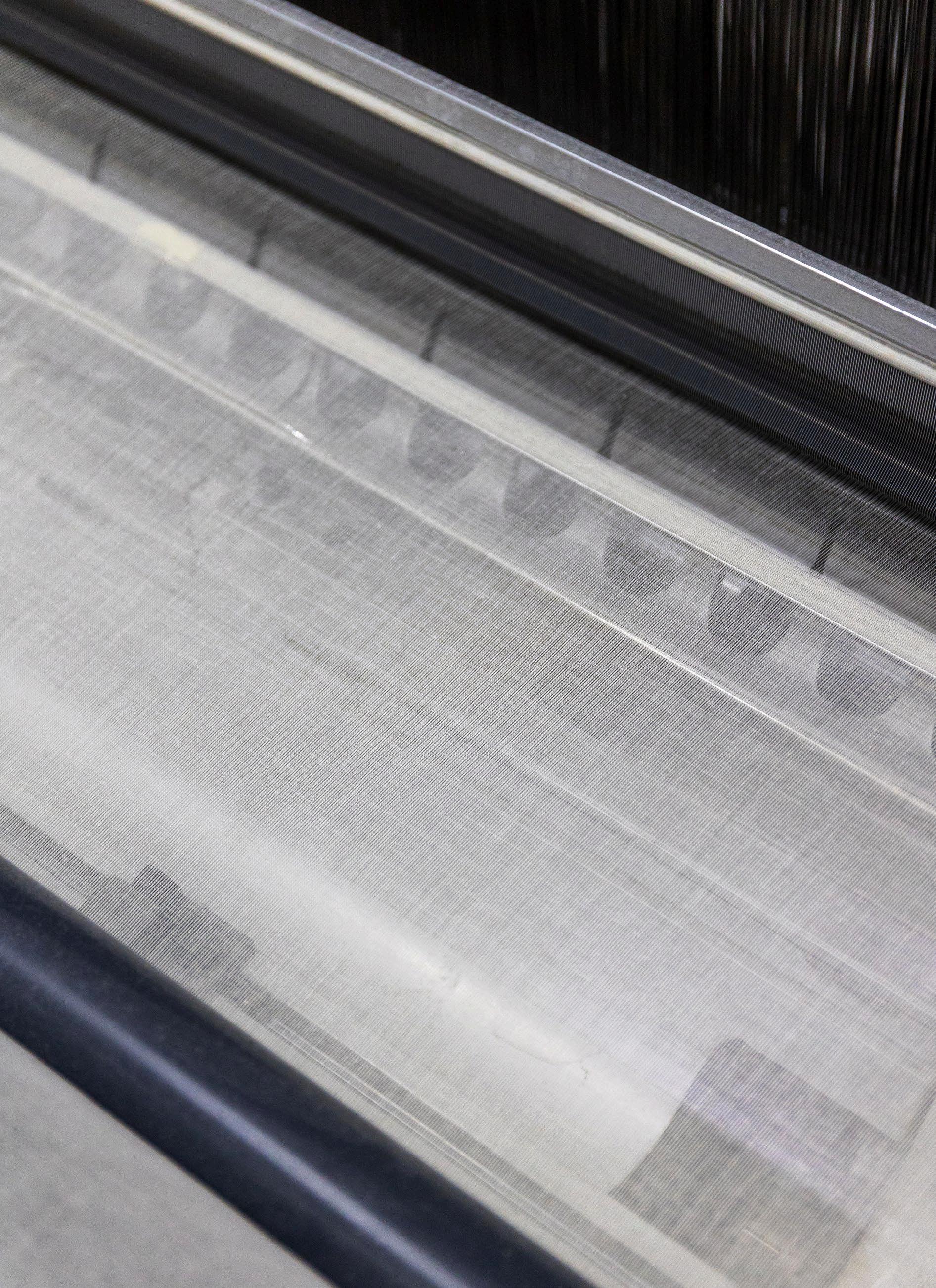
room for yet another round of quality control to make sure that they do not contain any dirt or dust.
The spools are then transported to the weaving unit where the threads are laid out on machines that roll them together into layers, each consisting of 7,000 fine threads. Another weaving machine inserts strands in the opposite direction, forming a classic warp and weft pattern. This results in the final raw GOTS fabric. After a last round of quality control in which the fabric is meticulously inspected by hand to make sure that there are no weaving errors or stains, the fabric is ready to be dyed, cut, sewn and crafted into the final design.

To create a GOTS certified product, each member of the supply chain must be individually GOTS certified and participate in a yearly third-party audit to make sure that they live up to the high standards outlined by GOTS, including social compliance to water, electricity and chemical usage. Our manufacturing partners in India use solar panels on the roof of their factory and have implemented a workers’ transportation scheme that offers safe and secure transportation to and from the workplace, which in turn results in the employment of many women from the local community who previously lacked employment opportunities.
We are proud to be a part of this journey to working with a responsible and sustainable mindset from both an environmental and a social standpoint. It is with both determination and humility that we pursue better and easier ways for our customers to make responsible choices. We are by no means perfect, but we are doing our part.

















We work with a responsible and sustainable mindset in both an environmental and social context.
Today we use RESPONSIBLE as a tag on our products to signify that a product is either FSC ™ , GOTS or OSC 100/ Organic blended certified or produced in a recycled material, such as recycled glass, recycled aluminium, recycled paper pulp or PET-yarn made from post-consumer plastic bottles.
In the future, our definition of RESPONSIBLE will expand thanks to our committed work with responsibility criteria, which will be implemented even earlier in the design phase.























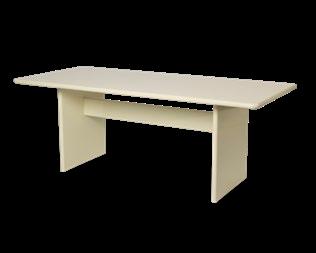



 Meander Spoon3 Sizes
Feve Wall Cabinet Post Coffee Table - Large Cairn HooksSet of 2
UTA Piece
Yard Picnic Blanket Desert Dining Chair
Organic Hand Towel
Pear Quilted Blanket
Day Cloths
Desert Cushion
Elephant Tote Bag
Pear Bean Bag
Bark Garden Apron
Sill Cupboard Tall
Bark Garden Wall Storage
Bark Garden Bucket Bag
Embroidered Fish
Feve Coffee Table Pure CandlesSet of 4 Rink Table
Way Mat
Block Mat Liba Watering Can
Tent with Beetle Embroidery
Meander Spoon3 Sizes
Feve Wall Cabinet Post Coffee Table - Large Cairn HooksSet of 2
UTA Piece
Yard Picnic Blanket Desert Dining Chair
Organic Hand Towel
Pear Quilted Blanket
Day Cloths
Desert Cushion
Elephant Tote Bag
Pear Bean Bag
Bark Garden Apron
Sill Cupboard Tall
Bark Garden Wall Storage
Bark Garden Bucket Bag
Embroidered Fish
Feve Coffee Table Pure CandlesSet of 4 Rink Table
Way Mat
Block Mat Liba Watering Can
Tent with Beetle Embroidery
A Selection of our Responsible Products






















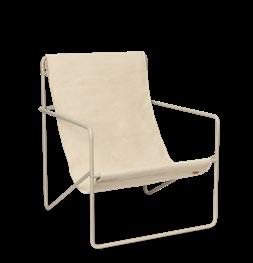

 Little Architect
Little Architect
A Selection of our Responsible Products












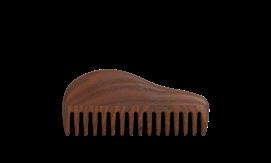




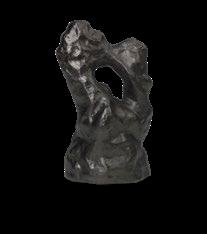





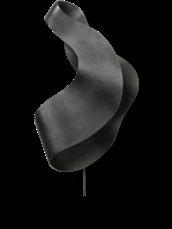
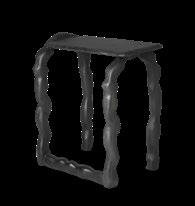 Oblique Bench Erode Candle Holder Fracture Shelf
Hoy Casted Candle Holder - Low
Oyster Wall Lamp
Pylo Dining Table Cairn Comb Post Storage Cabinet Os Salad Servers Cairn Grinder
Cupe Wall Rack Bevel Table Yama Pencil Holder
RotbenSculptural Piece
Herman Lounge Chair
Spin Stool Feve Desk Tategu Tray Table Sill Wall Cabinet Cairn Cutting BoardsSet of 3
Oyster Table Lamp
Oblique Stool Free Tapestry Blanket
Bowl Candle Holder Grotto Piece
Oblique Bench Erode Candle Holder Fracture Shelf
Hoy Casted Candle Holder - Low
Oyster Wall Lamp
Pylo Dining Table Cairn Comb Post Storage Cabinet Os Salad Servers Cairn Grinder
Cupe Wall Rack Bevel Table Yama Pencil Holder
RotbenSculptural Piece
Herman Lounge Chair
Spin Stool Feve Desk Tategu Tray Table Sill Wall Cabinet Cairn Cutting BoardsSet of 3
Oyster Table Lamp
Oblique Stool Free Tapestry Blanket
Bowl Candle Holder Grotto Piece






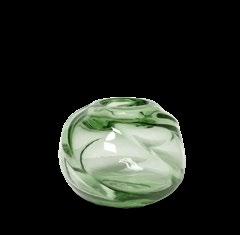
















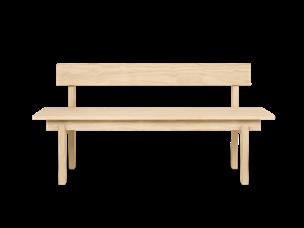
 Ark Dining Chair Kona Low Table
Paper Pulp Paper Bin
Herman Bar Chair Path Hammock
Insert Side Table
Canvas Wall Pockets
Pocket Pouch Oli Container Peka Bench
Mingle Table The Park Cushion
Offset Bedspread Slope Storage Bench
Ark Dining Chair Kona Low Table
Paper Pulp Paper Bin
Herman Bar Chair Path Hammock
Insert Side Table
Canvas Wall Pockets
Pocket Pouch Oli Container Peka Bench
Mingle Table The Park Cushion
Offset Bedspread Slope Storage Bench


ferm LIVING’s team of designers share their thoughts on their collaborative and balanced approach to the design process.
At ferm LIVING, we have the advantage of having our own design studio with a team of different personalities who, together, produce most of our designs.
“We all differ from each other but share the same values that ground our designs in the same place,” say the design team. That place is what forms ferm LIVING’s core identity: authentic Scandinavian design with a clear functionality that embraces the contrasts of life.
“We are always asking ourselves, ‘How do we design a home with space to feel comfortably oneself?’ We want to create a happy, warm place for the people we design for, whether that is furniture, lighting or accessories. Occasionally, we will partner with an external designer on a product that perfectly matches our brand DNA.”
The team comes from a range of educational and working backgrounds within design. Equally important, however, are the different perspectives that each member of the team brings to the table – a gut feeling that is informed by each individual life experience: “Call it what you want – a gut feeling, intuition – but we’re not afraid to work from that place. It’s a concrete thing, an accumulation of individual taste, memories, beliefs and experiences. When designing a product, you merge that feeling with function, aesthetics and craftmanship, but it all starts with intuition.”
The creative process. Notes to achieve balance
The process of creating a new collection is collaborative and structured. Each of the designers has one or several areas of expertise, some in paper and textiles, others in furniture or lighting. They work closely together with category managers specialised in product categories – furniture, mirrors, lighting or kid’s products – or specific materials such as stone and marble, metal, glass, ceramic or wood.
While the designers each specialise in various categories, collaborating and sharing the responsibility of the design process is still an important element of their work: “We value the idea of examining every piece from all angles, with many pairs of eyes. By doing this, we know when a piece is finally complete.”
The notion of collaboration also ensures balance in the design – one of the most important elements in the entire process: “The process of creating new collections of products is very much a balancing act. Finding the right balance between the authentic and the structured and the artsy and the functional is the most important and challenging task that our unique in-house design team take on in their daily work” says Jannie Søgaard, Chief Product Officer at ferm LIVING.
Creating designs that are in balance impacts not only the functional process of creating a specific product, but also the inspiration behind
collections, which is part of an ongoing dialogue in response to what is going on in the wider world. “We are constantly contemplating the words and ideas that inform a collection. For example, when thinking about balance and stillness, we ask ourselves, ‘What does stillness look like? How do we capture that feeling in a design? What will balance look and feel like in the future?’”
In their continuous attempt to capture these ideas and inspirations that emerge from everyday feelings, reflections, experiences and memories, the design team work with notes. These are not only limited to the pen and paper kind.
“Each designer in our team has a different approach to taking notes. Some are more attracted to visual communication, such as sketches and doodles, while others enjoy jotting down words and phrases in physical or digital notebooks to describe their thoughts and feelings behind an idea. Either way, it provides us with the unique opportunity to not only structure our own thoughts, but to invite each other into our individual minds and create the layers that track our thoughts during the collaborative design process,” explains Trine Andersen, Creative Director at ferm LIVING.
Sometimes, combining notes from different designers allows new ideas to form. Other times, individual notes can form products on their own. Sharing notes can also extinguish an idea: “It allows us to deliberate on a design. ‘Is something missing?’ If the answer is yes, the design isn’t ready and doesn’t make it into the product family. We might save it or adapt it for a later collection. It’s a journey, but the products are better for it.”
Notes, therefore, are an integral part of the design process; they help the designers to nurture the unique process from intangible thoughts to functional products, and enable the team to create collections that beautifully balance the authentic and structured.
When posed with the question, ‘When is a collection finished?’, the designers answer with a resounding and unanimous “never, it lives on! When a new product joins the family, it takes its natural place alongside our existing products,” the design team say. “We are always building upon the previous collection. Our pieces aren’t meant to last just a season. We consider it a strength that new and old collections interact and live on together.”
“Each designer in our team has a different approach to taking notes. Some are more attracted to visual communication, such as sketches and doodles, while others enjoy jotting down words and phrases in physical or digital notebooks to describe their thoughts and feelings behind an idea.”
– Trine Andersen, Creative Director & Founding Partner





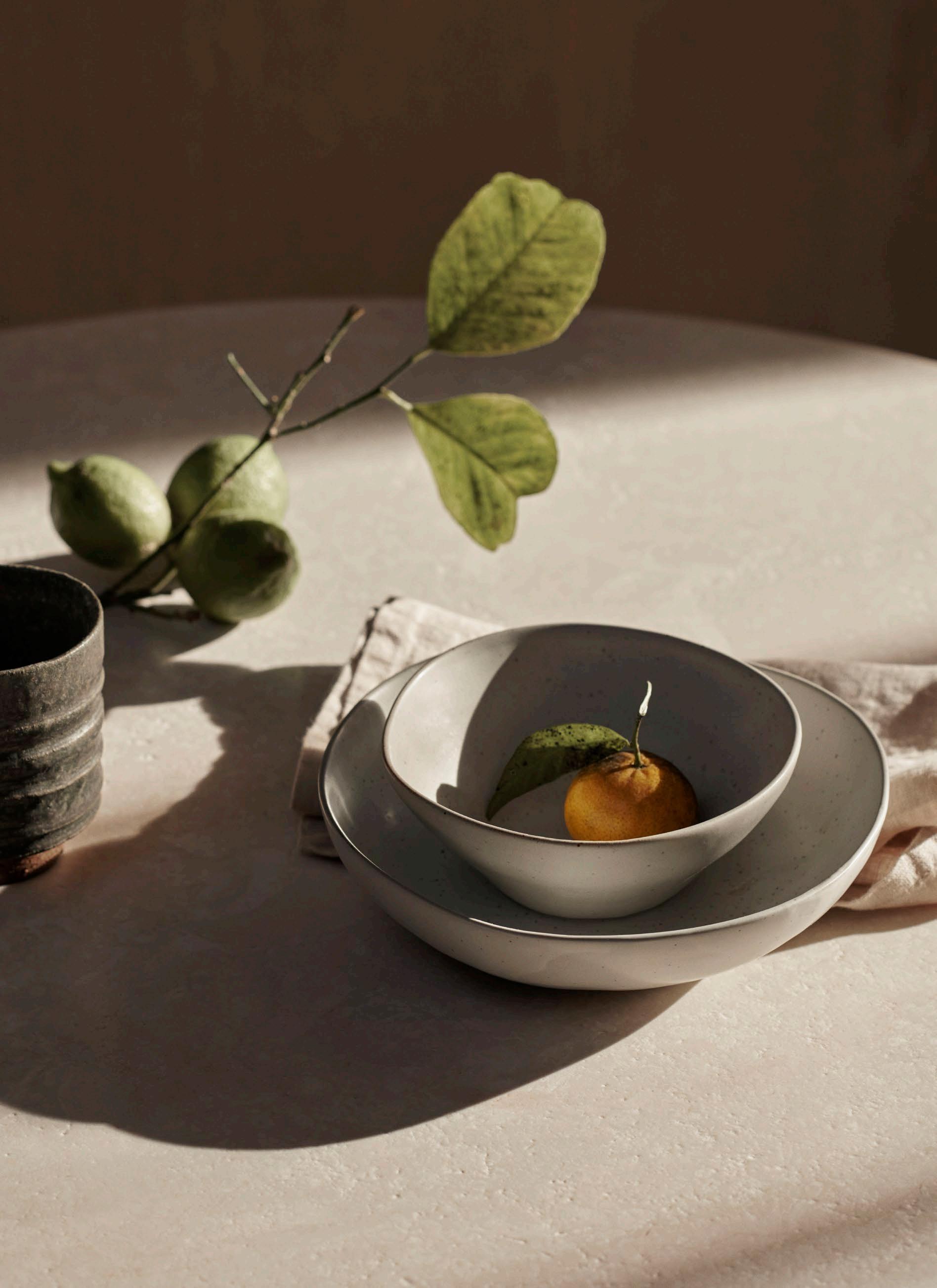
Even if you are spending hours creating an impressive feast for guests or whipping up something quick and simple for your family, the kitchen is one of the last creative bastions of the home—and a great escape from the stressors of the outside world. It is a place for creation and reflection.


















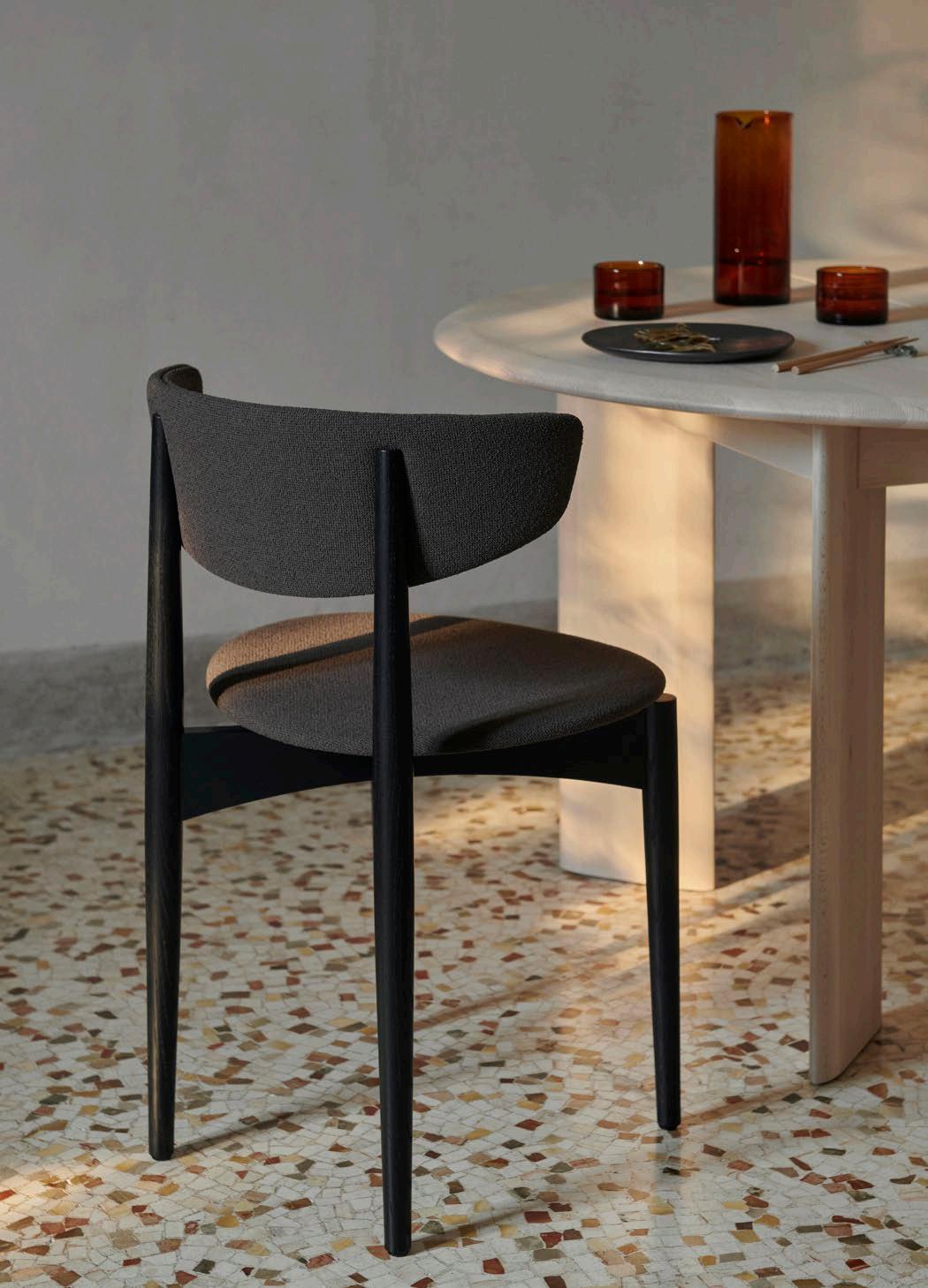
















We asked three creatives to share with us how they set the table for a dinner party with loved ones.
Setting a beautiful and thoughtful table for an evening spent with family or friends is an artform. It sets the tone for the type of gathering to be held and makes your cherished guests feel appreciated and extra welcome in your home. Discover how three creatives prepare theirs.

Clara on her table setting…
“I like to have food in the centre of the table so that each diner can help themselves to their portion and interact with the food. I also like to decorate the table with something special to create a warm, cohesive atmosphere. Candles are great for this.”

How do you create a good atmosphere for your guests?
“Choosing the right colours of table linen is an important detail, as well as placing cutlery correctly. It may seem silly but it means that you have put time and effort into thinking about the people who are going to be seated at the table.”
Clara’s top tips for setting the table.
“If you are going to prepare a new recipe, it’s a good idea to test it out a few days beforehand. This way you can make sure that everything goes well and you won't have any unwanted surprises. Also, try not to overload the table with too many objects, it's not nice. It's better for guests to be able to move around at their leisure.”
Less is more, more or less! This is a special time of year, as you are surrounded by family and friends, and you can indulge and spoil your loved ones. I usually love a minimal table setting, but it’s that time of year when you can get away with a bit more.


How do you create a good atmosphere for your guests? I would say lighting is key. This time of year, you can get away with just using candles during the day – they always create a warm and inviting atmosphere. I also think there’s nothing like festive scents, so a lovely, scented candle or oranges and cloves can go a long way.
Alex’s top tips for setting your holiday table: Put everything you’ll need and would like to use on the table and then edit - remove where needed. But remember, Christmas is a time of year when you can really have fun with it.
Also, I would recommend using nuts and longer-lasting plants and flowers to decorate, as you tend to do a few different meals over the festive period, so it’s a great way to rework table accessories.
“I love the cinnamon linen placemats; they give a chic nod to a festive red but can be re-dressed easily for different times of the year.”


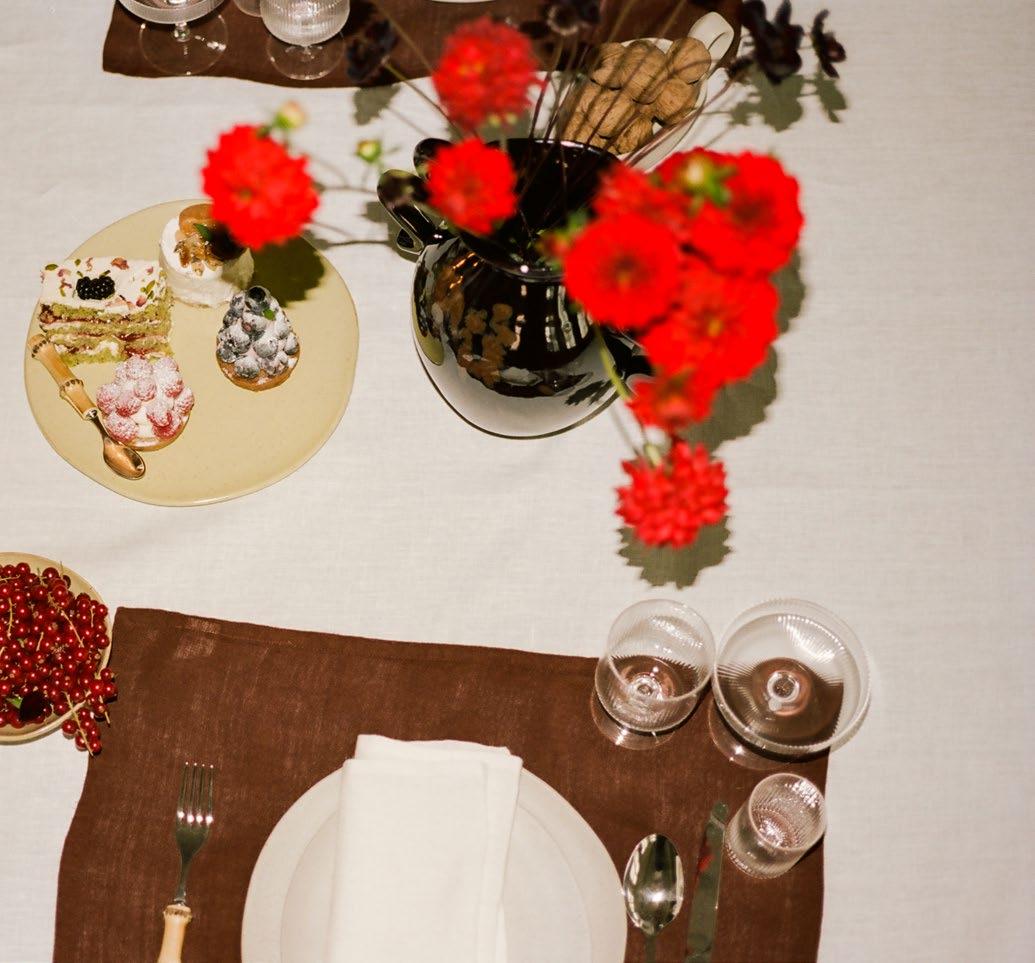


Andy on his table setting… “My table setting is natural and a little whimsical. I like to start with a neutral foundation and then layer in colour through objects and/or food.”
How do you create a good atmosphere for your guests? “A solid playlist, unscented candles and plenty of food always does the trick.”
Andy’s top tips for setting the table.
“Firstly, when planning a menu, remember that your home is not a restaurant. Not every single dish is going to be piping hot when it’s on the table. Make sure you have a mix of hot, room temperature and cold dishes. It will ease a lot of stress. Secondly, when playing host, don’t try to do everything yourself. Ask a guest to buy ice, pick some herbs or set the table. Get them involved. I promise you; they want to be put to work. Finally, always have a set of quality linen napkins for guests to use. You don’t want to prepare a beautiful meal and then set the table with kitchen roll.”
“The Sugar Kelp napkins are so soft and easy to fold, while the Ripple Verrines are the ideal size for an aperitivo.”




Whether your job involves crunching numbers or flinging paint at a canvas, your office requires room for reflection, as well as creativity and inspiration. It is important that your office complements your mindset, allowing you to be the best version of yourself.
















The Copenhagen home office of model and artist Hanni Gohr is a space for creativity, concentration and contemplation. Here, natural light and comfortable seating create a peaceful sanctuary in which she makes her distinctive collages by hand.
Holding years’ worth of art supplies that include vintage book clippings, scraps of silk, cardboard and assorted recycled materials, it is important that Hanni’s office has room for functional storage as well as open space to construct her original artworks.



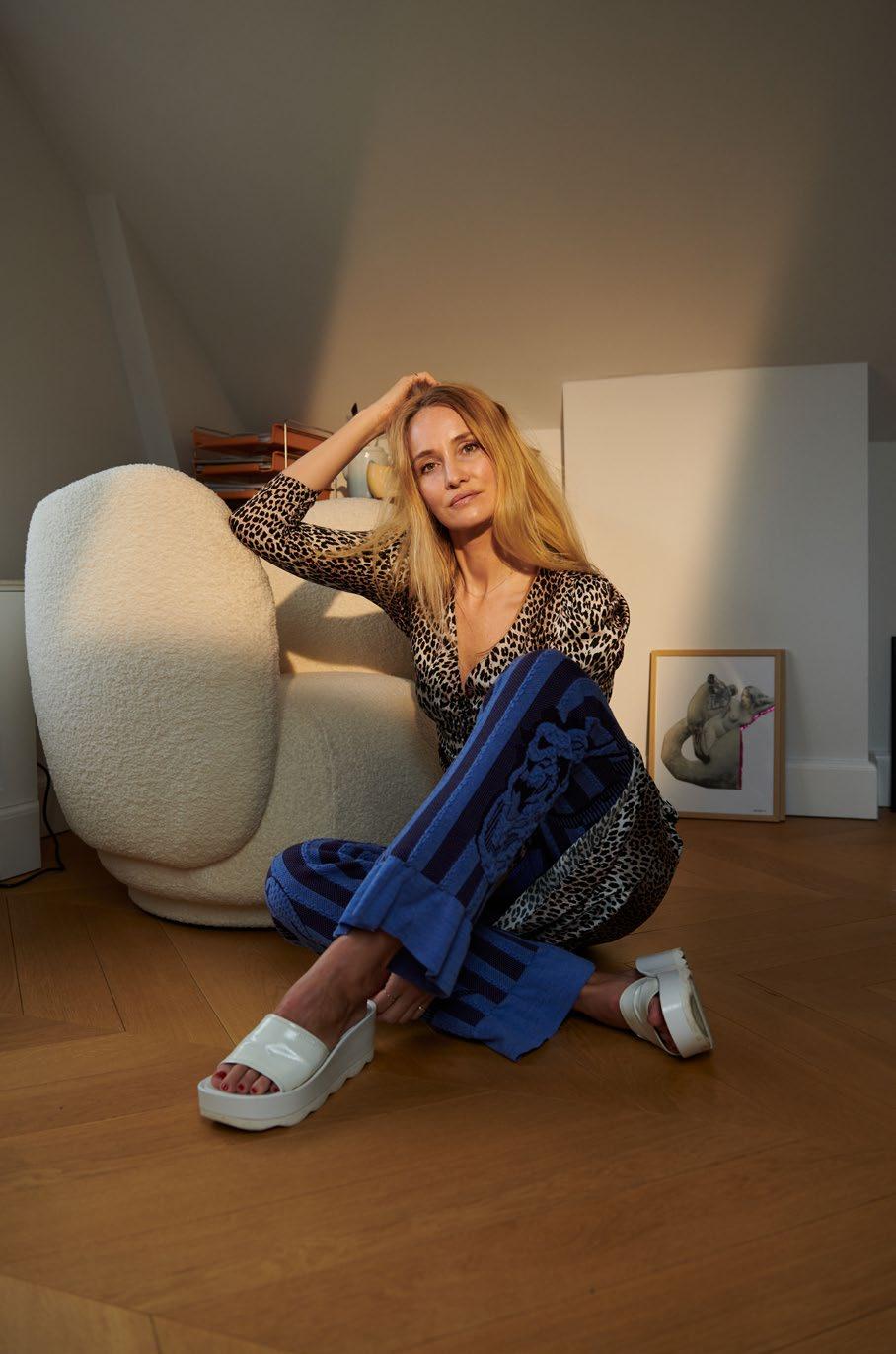

A good night’s sleep is invaluable. Sleeping recharges both body and mind, leaving you ready to take on the pleasures and challenges of the day ahead. Discover how neutral tones and soft textiles help to create a tranquil atmosphere in your bedroom that ensures better rest.



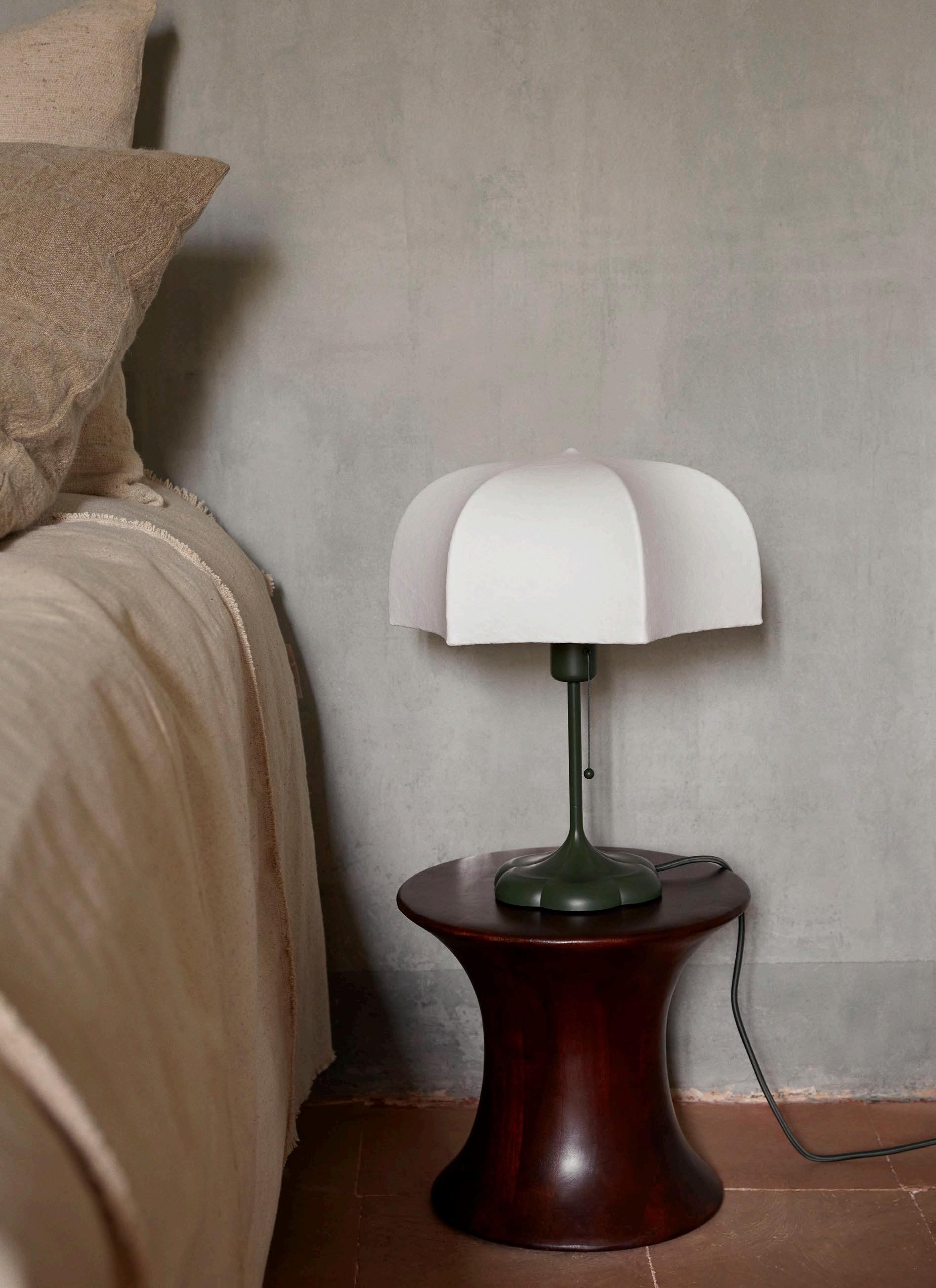

















Whether you have six or sixty minutes to get ready for the day, the bathroom grants you a space to breathe on even the most hectic of mornings. It is the one room in the house where you can always lock the door behind you, allowing you precious moments of privacy and reflection.







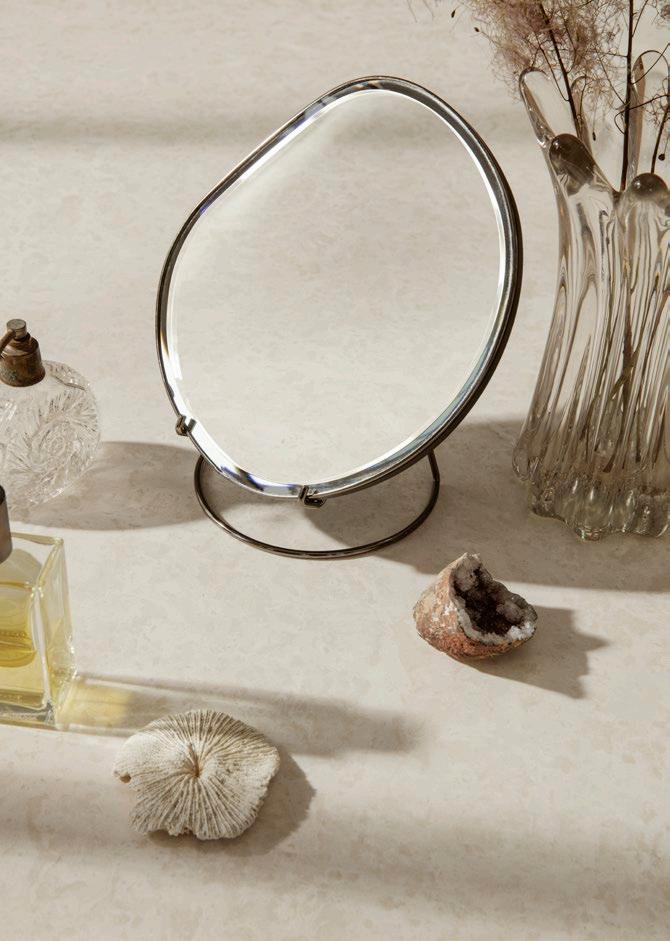


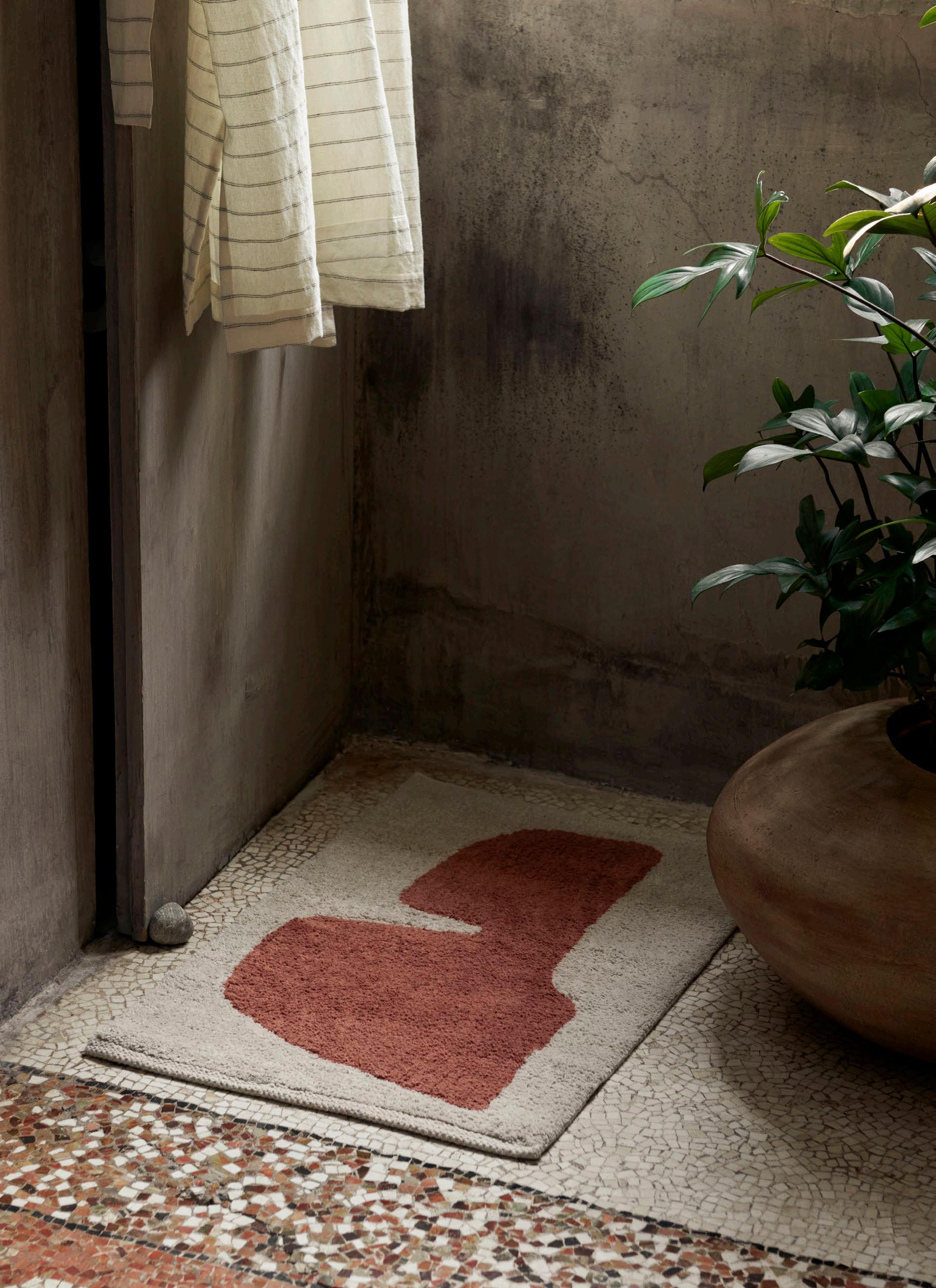










The hallway is more than just the thoroughfare of your home: it is an entrance where you welcome guests inside, a space to store everyday essentials, a room that sets the tone for the rest of your home – and the first place you enter after a long day at work or a lively get-together with friends. As you close the door behind you and kick off your shoes, you finally feel at peace. Welcome home.













Liene Meneve has always been fascinated by beauty and aesthetics. Through her creative work as an illustrator, make-up artist and stylist, she seeks to inspire people by focusing on the effortless beauty of life and the things we surround ourselves with.
This idea is also reflected in her home, which is characterised by large, open spaces, brick walls, bare concrete beams, high wooden ceilings and beautiful natural light.
When asked, Liene Meneve finds it challenging to explain exactly what she does. “I am someone who never stands still and is always looking for new, beautiful things. I want to make people happy and inspire them. That is why all my work has one starting point: to focus on beautiful things and the frivolity of life,” she says.
Due to her fascination with aesthetics, Liene’s creative process begins with a feeling or a particular connection to a colour, shape or object: “A small creative spark can quickly turn into a sea of fire, a stream of ideas and realisations.”
As is often the case, inspiration can happen anywhere and at any point in time, which is why you will often see Liene taking pictures for her personal digital archive, which acts as an inexhaustible source of inspiration. “Often, my family and I pass something and I make everyone stop while I take a picture. This can range from a beautiful incident of light to a magical location to the dreamy gaze of my children.”
Liene’s creative journey often begins at home and her 1975 architect-designed home in the Belgian countryside plays a significant role in her life. This is where she can truly withdraw and connect with her husband, William, and their two children, Loewè, 3, and Sézane, 5.
Two years ago, needing more space physically and mentally, the family decided to move from their house in the city. “We started looking for a home in the country. Both our jobs were hectic and we felt like we needed a place to clear our heads.” When Liene and her family saw the house, inspired by Brutalism and designed by architect Paul Meekels, they fell in love: “The house has a large, open floor plan and was built using high-quality materials that speak for themselves. The
brick walls, bare concrete beams and wooden ceilings really dictate the general atmosphere of the house. It also has large windows where lots of beautiful and direct sunlight beams through.”
In addition to being with her family, Liene feels at home when she is surrounded by serenity, unity and simplicity. Taking those first steps into Liene’s home, we are also met with an overwhelming sense of visual calm which exudes from every corner of the house. “I don’t think it is ever a good idea to overthink interior design,” she says. “For me, it is important that my home is filled with objects that spark memories and mirror our personal discoveries.” This is also reflected in one of Liene’s favourite possessions, decorative and functional cork objects she designed together with her husband.
Highlighting one unique element of their home, Liene nods to the large in-built sofa, which is the nerve centre of the house. Together, Liene and her husband have transformed this part of their home into a unique, multifunctional seating landscape: “My kids call it ‘the pond’ and they love to play here. We also like to have our aperitif here when we have friends over, and on Sundays it’s the perfect place to lounge and read a good book. I find that it embodies the perfect balance between aesthetics and comfort. In many ways, this small nook is what makes me and my family feel at home.”
Liene Meneve is a Belgian illustrator, make-up artist and stylist who is fascinated by beauty and aesthetics. Dedicated to capturing the beautiful frivolity of living in every aspect of her life, Liene has transformed her architecturally designed home into a serene sanctuary that unites her family.






We visited model Parker Kit Hill at his home in New York to talk fashion, a career in social media and city living in small quarters.





“I view my space as an extension of my brain. Things should be able to shift around in order for you to process and tackle new obstacles that are coming your way.”
For Parker Kit Hill, being in front of a camera started long before his modelling career.
“I’ve basically been growing up online since the age of 14 and have documented so many stages of my life throughout the years,” he explains. Today, Parker is 27 years old and juggles a career in fashion as well as a prolific social media presence.
He is signed to IMG models, and his work takes him around the world where he walks runways and shoots campaigns for the likes of Marc Jacobs, Valentino, Acne Studios and Nike. On his Instagram, Parker shares snapshots of his daily life with over 500,000 followers, showcasing beautiful images from his latest work assignment or brand partnership and candid moments snapped on the streets of New York, his adopted hometown, or on his travels to Paris, Barcelona and Ibiza.
“Something that makes a space a home to me is the feeling of stillness. Having balance is super important for mental clarity.”
Over on TikTok, where Parker has a community of 1.7 million followers, the vibe is much more intimate. Mostly shot in his one-bedroom apartment in Clinton Hill, Brooklyn, Parker’s TikToks offer a visit to his private sphere and a glimpse into a creative, beautiful and playful mind. Here, humour, fashion and social commentary are mixed in a tribute to the freedom of self-expression.
“My work is pretty organic and freeform,” Parker tells us. “Over the years, working with social media has given me the opportunity to dip into many different forms of art. It first started with musical theatre, then ballet, then acting and now fashion. All of these avenues work in unison, and they all lead back to each other unintentionally. The journey is just beginning.”
Originally from Fort Worth, Texas, Parker has been living and working in New York since attending the prestigious Joffrey Ballet School as a teenager. He moved into his home in Clinton Hill in the spring of 2021, citing the area as one of New York’s most authentic:
“The neighbourhood is full of life and energy, yet it still seems secluded enough to feel private and quiet.”
When looking for an apartment, Parker was drawn to this one due to its “mix of cosiness and the feeling of floating in the sky.” The latter can most certainly be attributed to Parker’s large terrace that, remarkably, boasts the same square footage as his indoor living space.
“The terrace played a huge part in me wanting to move into this apartment. It’s such a rarity having a terrace, but having one that is the exact same size as your apartment in New York City is just unheard of,” says Parker.
In the warmer months, he takes full advantage of the luxury of having an expansive outdoor space in the city by embracing indoor-outdoor living: “I like to take a moment and just sprawl out on the terrace. I take rugs and things of that sort out there so I can stretch and work out in comfort while getting some fresh air. At night, I’ll take a white
sheet and pin it up on my railing, grab my projector and watch movies outside with friends. It’s such a privilege to have extra space to relax.”
Indoors, Parker favours a clean, minimal space with room for calm –an oasis from the fast pace of life in the city and a place where he can rest and recharge:
“Something that makes a space home to me is the feeling of stillness. Having balance is super important for mental clarity.”
Parker’s apartment is filled with meaningful objects that have been chosen with care.
“When it comes to living in a smaller space, it’s all about what you allow to have meaning,” he explains.

“Knowing when to let something go to a new home is a skill that you pick up from minimal living. When it comes to how I use the space, I want for everything in the room to be moveable and not permanent. I view my space as an extension of my brain. Things should be able to shift around for you to process and tackle new obstacles that are coming your way.”
When it comes to choosing new interior objects, Parker has a list of requirements before letting them in through the door:
“Can it live alone? Can it be paired with other pieces to create a cohesive whole? I love mixing textures, colours and patterns to make a calming yet vibrant space.”
Parker’s creativity is reflected not only in what he wears, but also in his home. Playful colours and organic lines are contrasted by calm, neutral tones and structured shapes.
“There is definitely a correlation between wearable fashion and home interiors,” he tells us.
“It all works within your essence as an individual. I think your home should be a backdrop for you and the way you want to present yourself to the world at any given moment.”
An artist of culture, Parker Kit Hill juggles a career in fashion as well as a prolific social media presence. Relishing in the freedom of self-expression, Parker enjoys to share both snippets of his glamorous work as a model and scenes from his daily life with his extensive community of social media followers, inviting anyone to get a glimpse into his creative, beautiful and playful mind.










In the kids’ room, anything is possible. It is where courageous girls and boys can venture into the faraway lands of their imagination to do battle with make-believe dragons or swim with mysterious merfolk. It is a sanctuary from the constraints of the outside world, where only their creativity sets the limits.



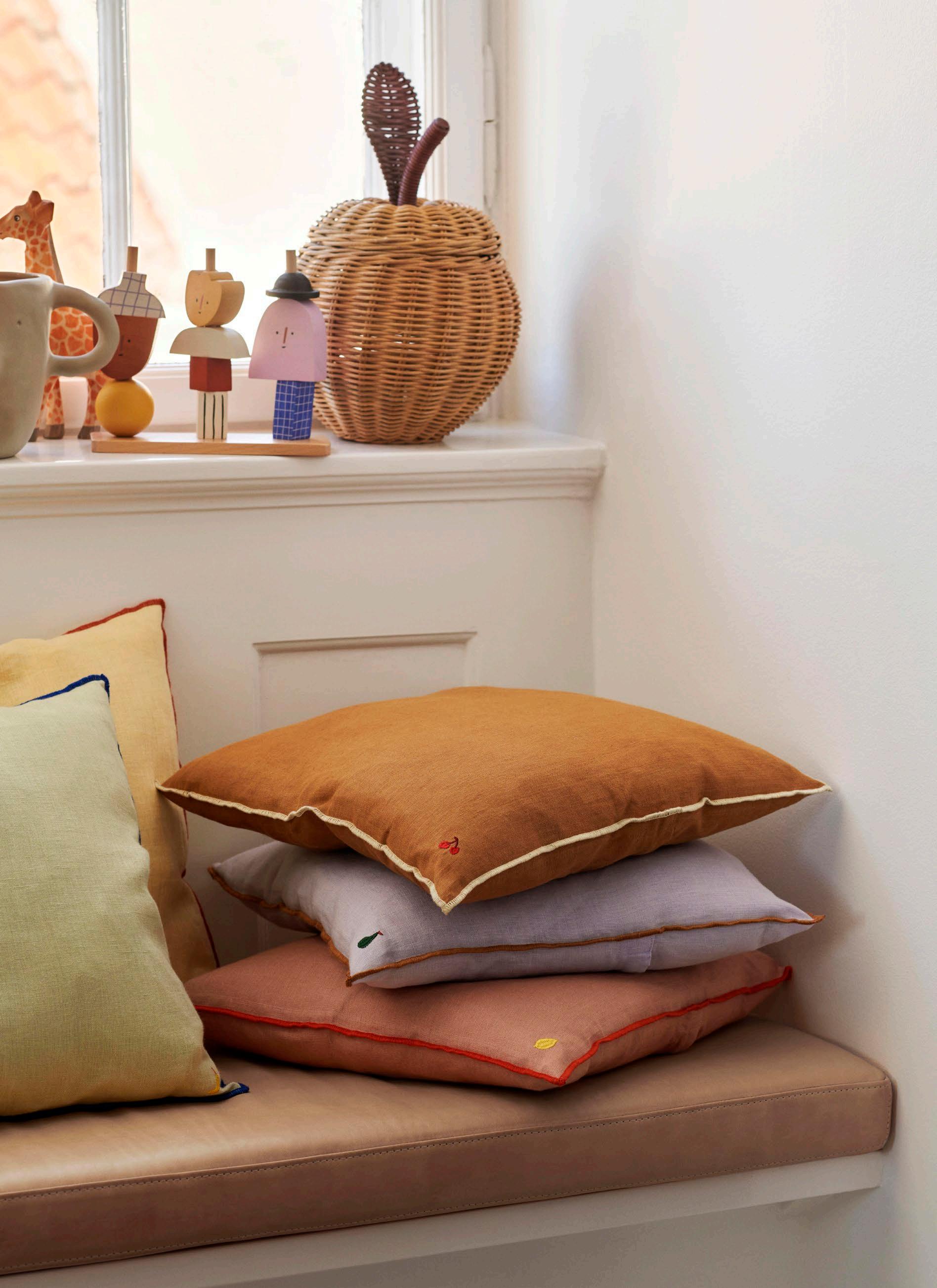





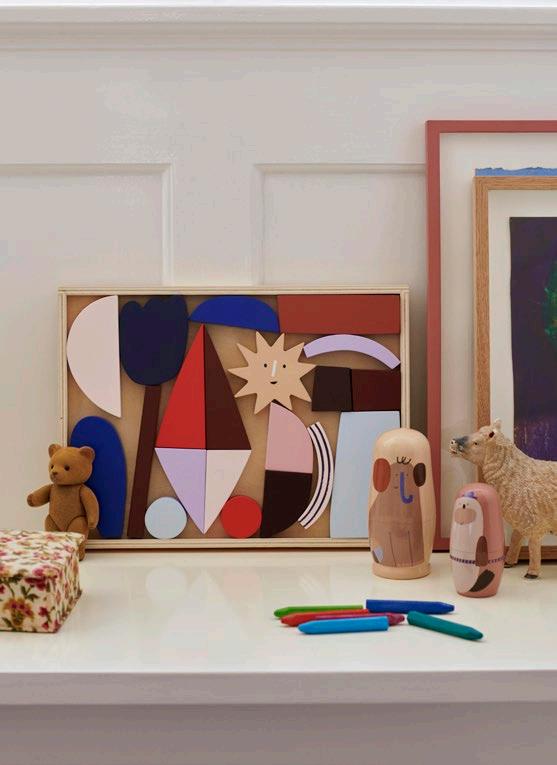








The kids’ room is a special place. It is a sanctuary from the outside world – a space where young minds can play, rest and exercise their imagination without any restrictions. As adults who know our children well, we can pick pieces for their room that we think they will enjoy – but what do little hands choose when they are the ones in charge?
We visited the homes of five curious children to find out about their favourite items in their room, and how they have incorporated the pieces into their own special, sacred space – the kids’ room.

Favourite item: Art and craft supplies.

"I love being out in nature, building and being creative with clay, playing football and walking the neighbour's dog. Playing Roblox and Minecraft with the kids who live on my street makes me really happy.”
Favourite item: Play tent.
“I chose my tent, which I like to keep next to my bed. It’s where my teddies and I like to spend our time. I love teddies, and I like that the tent has windows.”

Favourite items: Apple basket, embroidered cushion and animal-shaped hook.
“I chose the cushion because I love ladybirds, the apple bas ket because I love apples, and the hippo hook because I love animals. I use the apple basket for my hair clips and I’ve put the cushion on my bed. I hang all my pretty bags from the hook.”


Favourite item: Bean bag.

“I really wanted a bean bag chair in my new room and thought it was funny that it looks like a pear. It has beautiful colours. I like to place it where you can see it as soon as you walk into the room.”
Favourite item: Sewing machine.
"My biggest passion is designing my own clothes and sewing. Sitting in my room and designing a dress or a bag or hand-quilting a throw is really fulfilling and almost meditative. I have always been interested in anything creative. When I turned 12 I was given a sewing machine and haven't looked back since.”

















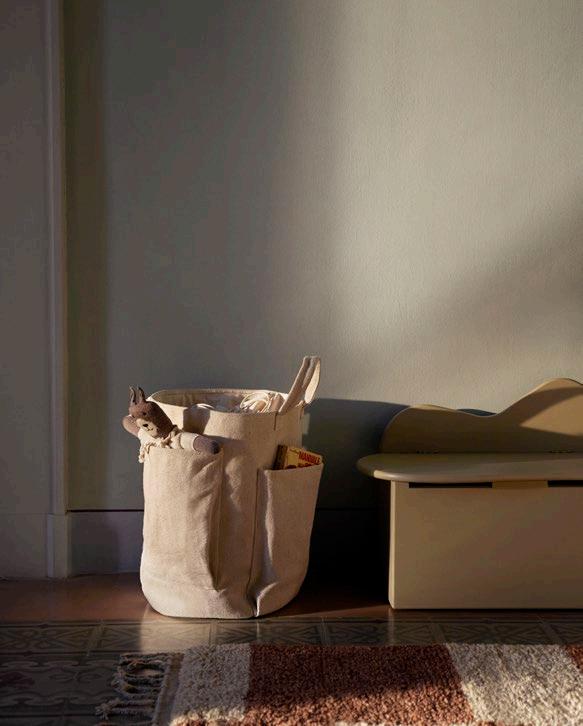




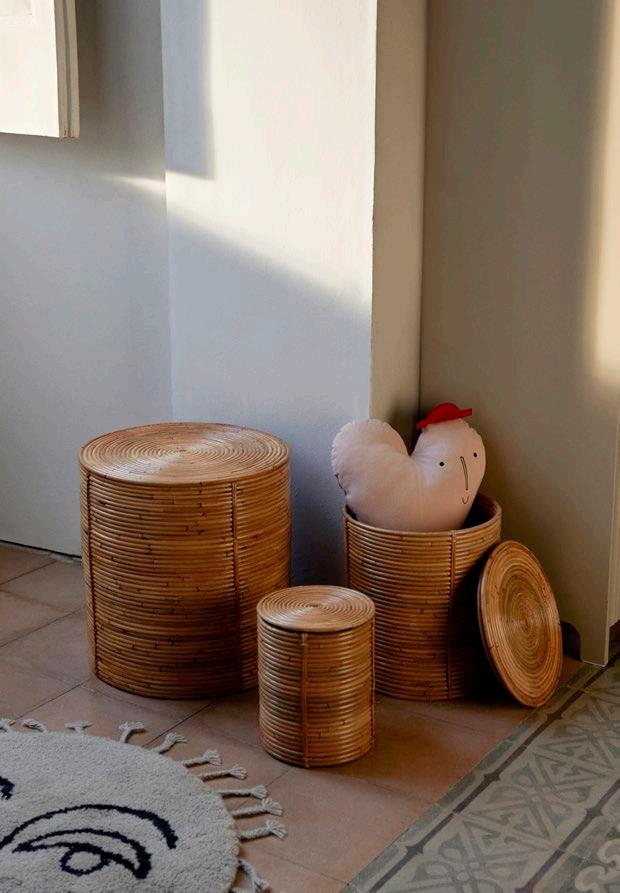




Trine Kjær, a stylist and creative consultant, lives with her family in Copenhagen. In the children’s room, a playful mix of muted and bold colours creates an atmosphere that encourages creativity and imaginative play. In the doorway, the Kid’s Kiosk is open for business, while the Little Architect Table and miniature Ark Chair offer a space where small hands can create for hours on end.









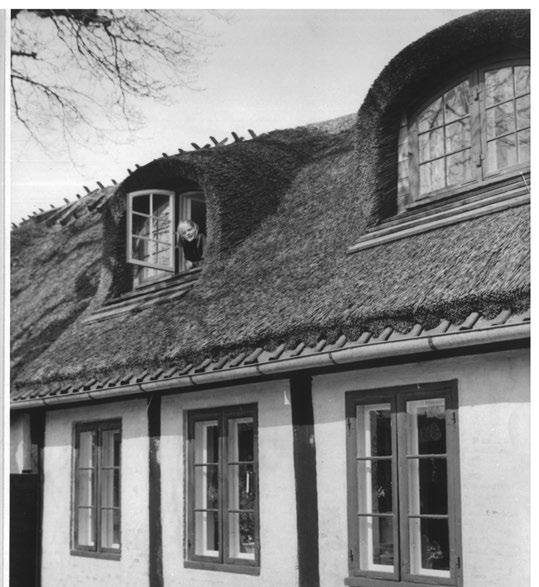

A visit to mixed media artist Leise Dich Abrahamsen’s Copenhagen studio was the starting point for ferm LIVING’s new collection of four decorative creatures that spark the imagination.

While visiting Leise Dich Abrahamsen’s colourful atelier in Frederiksberg, ferm LIVING’s design team spotted a small papier-mâché creature on a shelf. With its sinuous form, five stubby legs and furrowed surface, to one onlooker it resembled a crocodile, to another a horse.
“The beauty of the collection is that each design is open to interpretation,” says Leise on her latest collaboration with ferm LIVING—four papier-mâché creatures shaped with recognisable characteristics that have been combined in unconventional ways.
“My studio is often a test bed for creative play,” she explains. “I had been working with a fun technique, shaping a series of creatures from papier-mâché before decorating each with hand-painted dots, splodges or stripes. It was fast and fun.”
The design team fell in love with Leise’s designs and wanted authentically to capture on a wider scale the intuitive, uncomplicated way she works with her hands, using simple materials and techniques to bring the creatures to life.
The creatures were never designed with a specific purpose or function – or even a specific animal – in mind. Instead, they were an artistic experiment:
“My intention was to create something appealing, fun and with an element of surprise about it. Something familiar yet enigmatic. Sometimes the ideas in my head need to take physical form. This was one of those times,” she adds.
Leise reworked the original proportions to a larger scale and handcrafted prototypes for moulds.
“We have worked in close collaboration with our partner in India to capture Leise’s sensibilities. It was important to us to retain the handmade feel of each piece,” explains Emma Cook from the design team.
At the factory in India, the moulds are filled with compressed papier-mâché pulp and once dry, patterns are painted by hand.
The use of papier-mâché gives the designs a raw, natural surface texture that draws out the subtle details and unique features of each one, while hand-painting ensures no two pieces are the same. Each small addition or omission —an extra leg, an imperfect stripe or absent dot — adds to the sense of artisanry and the character of each piece.
“I really like imperfections. I’ve always used them in my work. If, say, I’ve spilled paint on a sheet of paper, I’ll use it to my advantage, incorporating it into the design. These creatures are purposefully imperfect,” notes Leise.
The decorative objects can stand together or alone in a child’s room, but can also adorn a shelf in a living room or a desk in an office. Their ambiguous forms invite conversation and play, activating the imagination with their whimsical look.
“While I see a series of fun and decorative creatures that remind me of objects I had as a child, in particular a figure from Japan that was simply magical, I like the fact that things don’t have to be so obvious. People can interpret these creatures in their own way, giving them a meaning and a context that is relevant to them,”
“My intention was to create something appealing, fun and with an element of surprise about it. Something familiar yet enigmatic. Sometimes the ideas in my head need to take physical form. This was one of those times.”


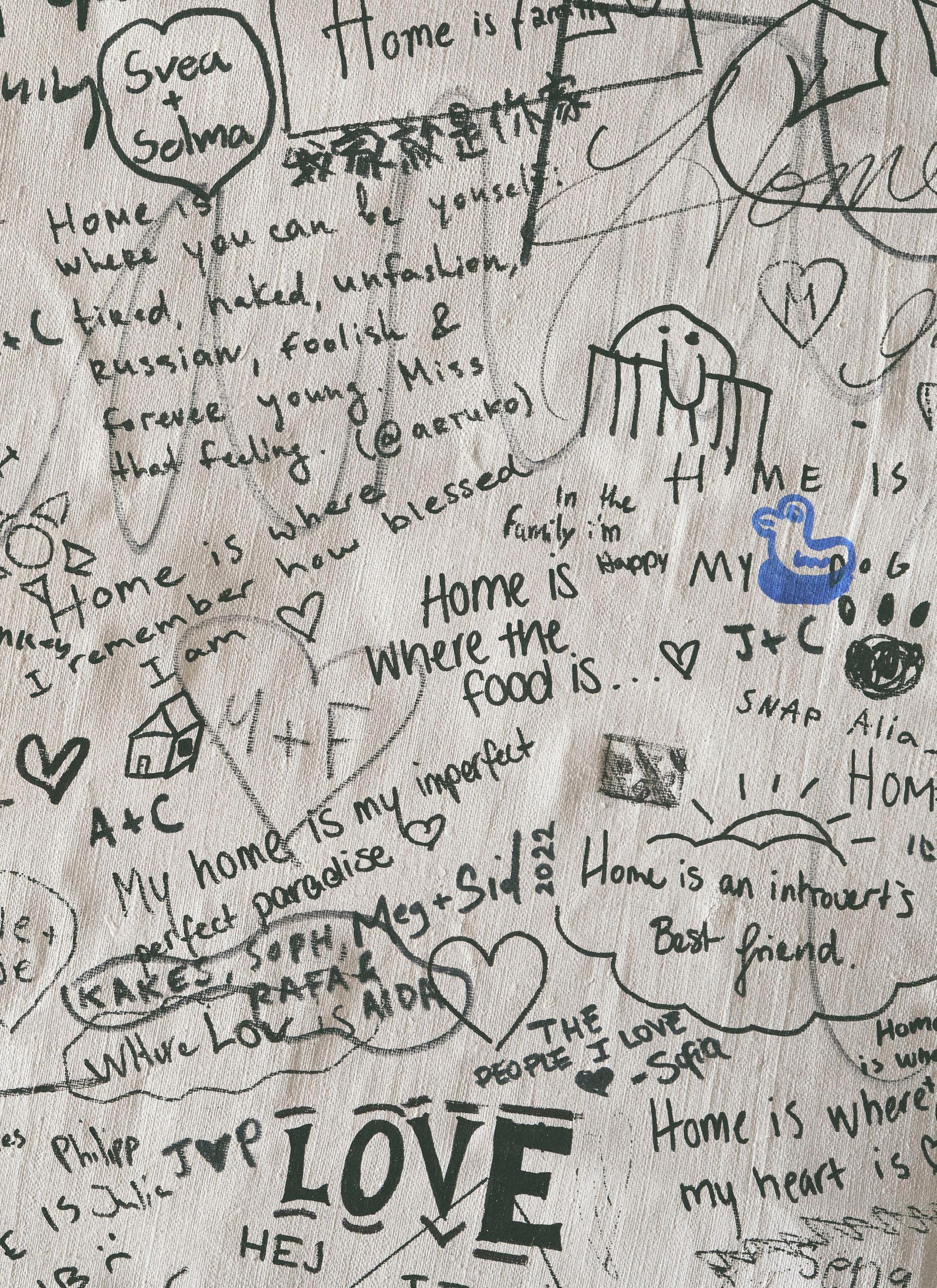
Thank you for opening up your homes
Alex Eagle, Andy Baraghani, Parker Kit Hill, Hanni Gohr, Clara Diez, Liene Meneve, Malene Lei Raben, Anne Aarsland and Trine Kjær
Collaborators
Leise Dich Abrahamsen and Ditlev Tamm
Photographers
Elizabeth Heltoft Arnby, Heidi Lerkenfeldt, Paw Gissel, Jesper Christensen, Mikkel Tjellesen, Martin Neve, Finn Christian Peper, Deon Hinton, Genevieve Lutkin, Justino Diez, Kavian Bohrani, Josefine Seifert, Simon Knudsen, Bob and Ira Spring
Creative direction and design by ferm LIVING. Words by ferm LIVING and Hero Agency.
fermliving.com
facebook.com/fermliving
@fermliving
Phone +45 7022 7523
ferm LIVING cannot be held responsible for any changes to the collection, inaccuracies, errors or omissions pertaining to this book. All information is correct at time of print.
Printed in Denmark
Munken Pure Rough, 120/80 gr
Multiart Gloss, 150 gr
© ferm LIVING, Copenhagen 2023
No part of this publication may be reproduced in any form or by any means without the prior written permission of the copyright owner(s) and the publisher of this book.
ISBN 978-87-973808-0-2
Space to feel comfortably you
